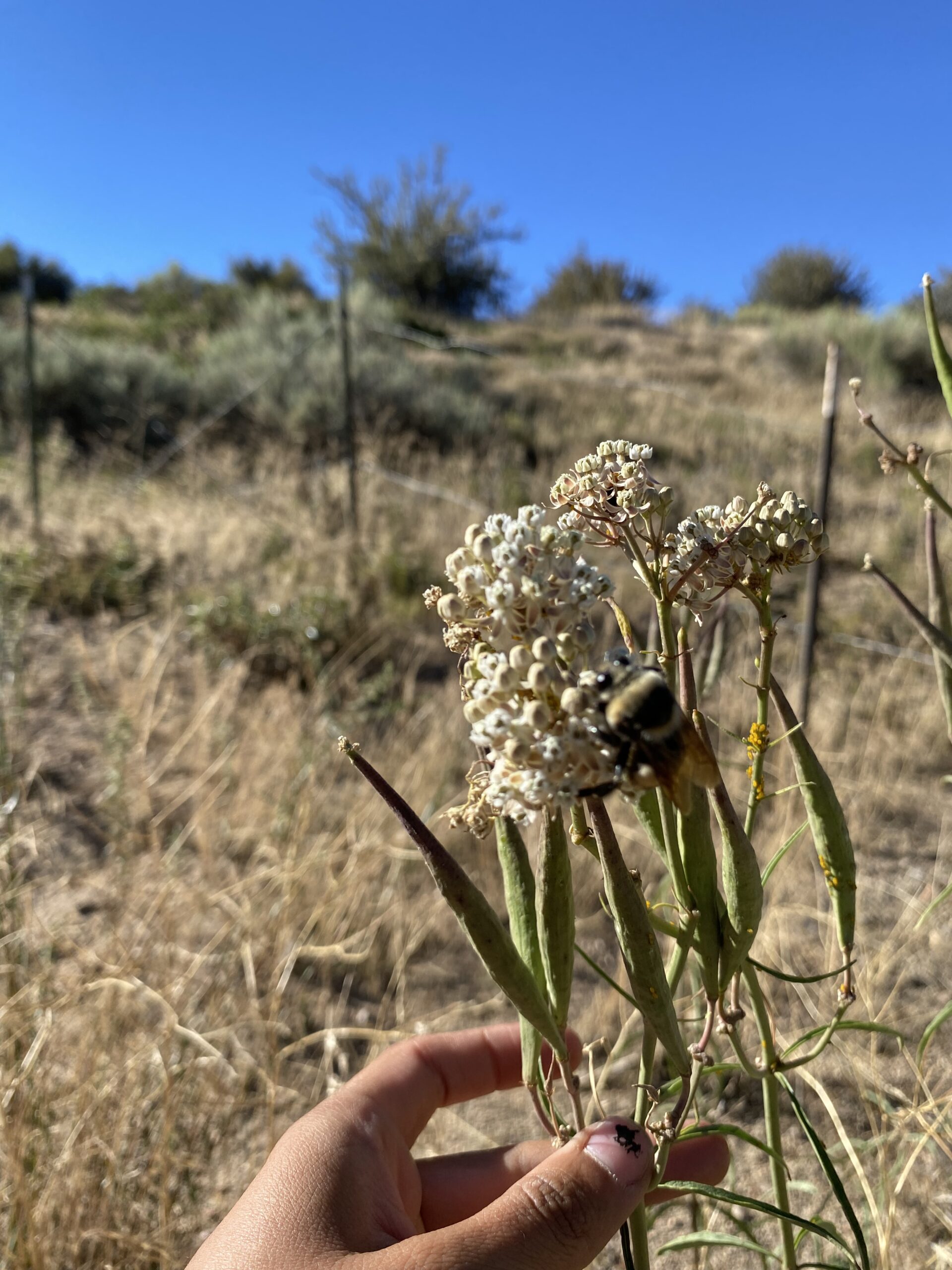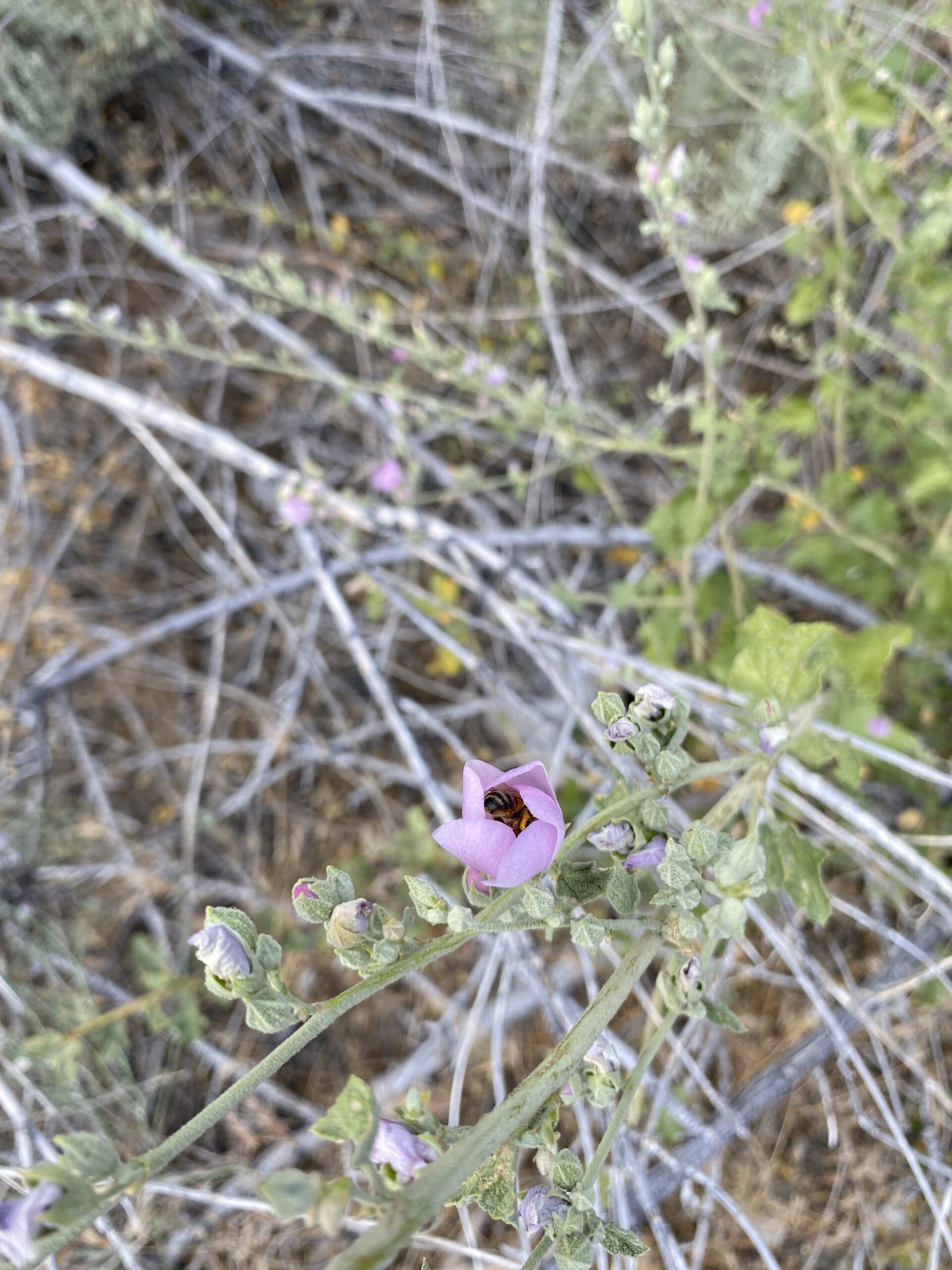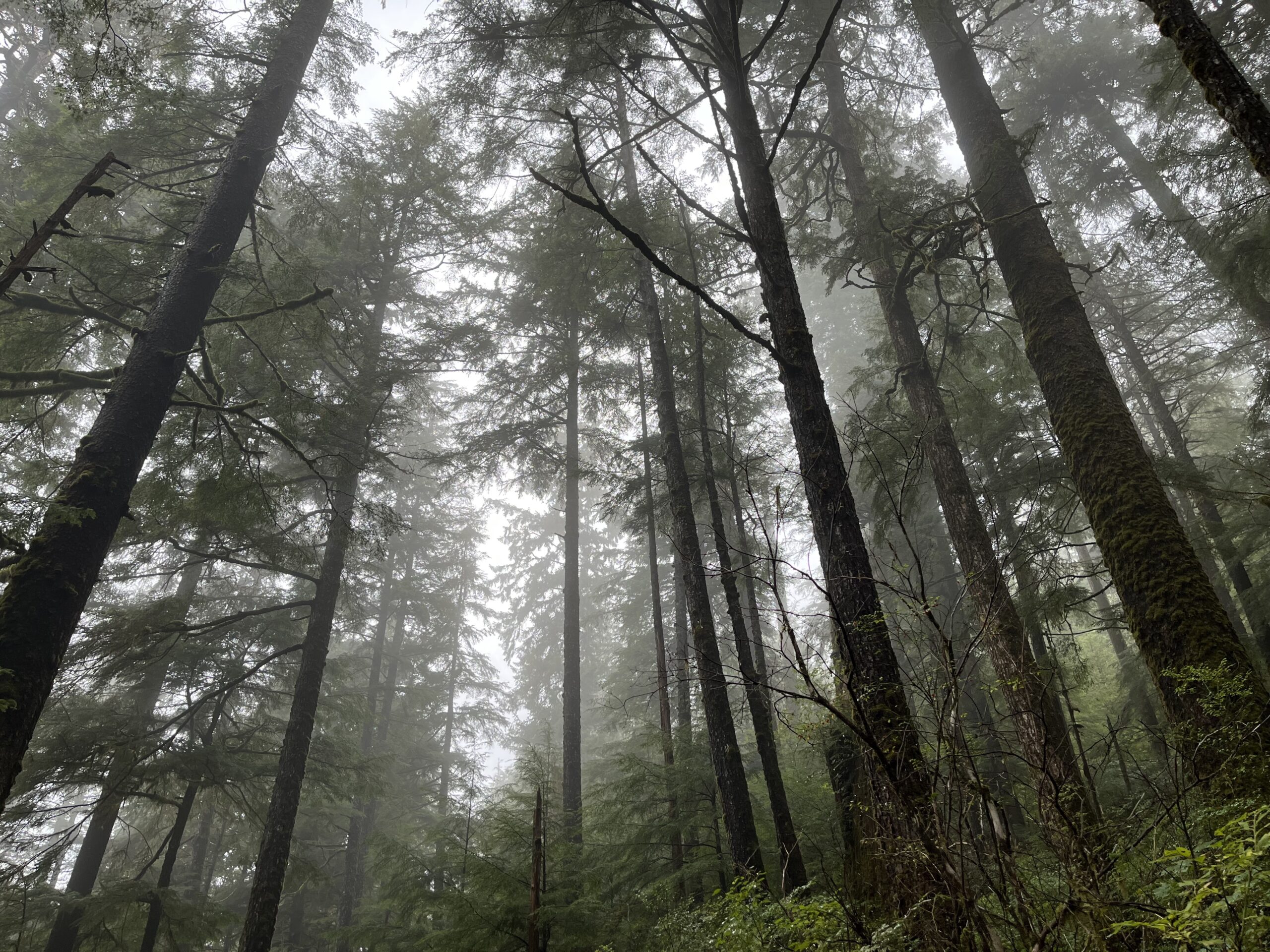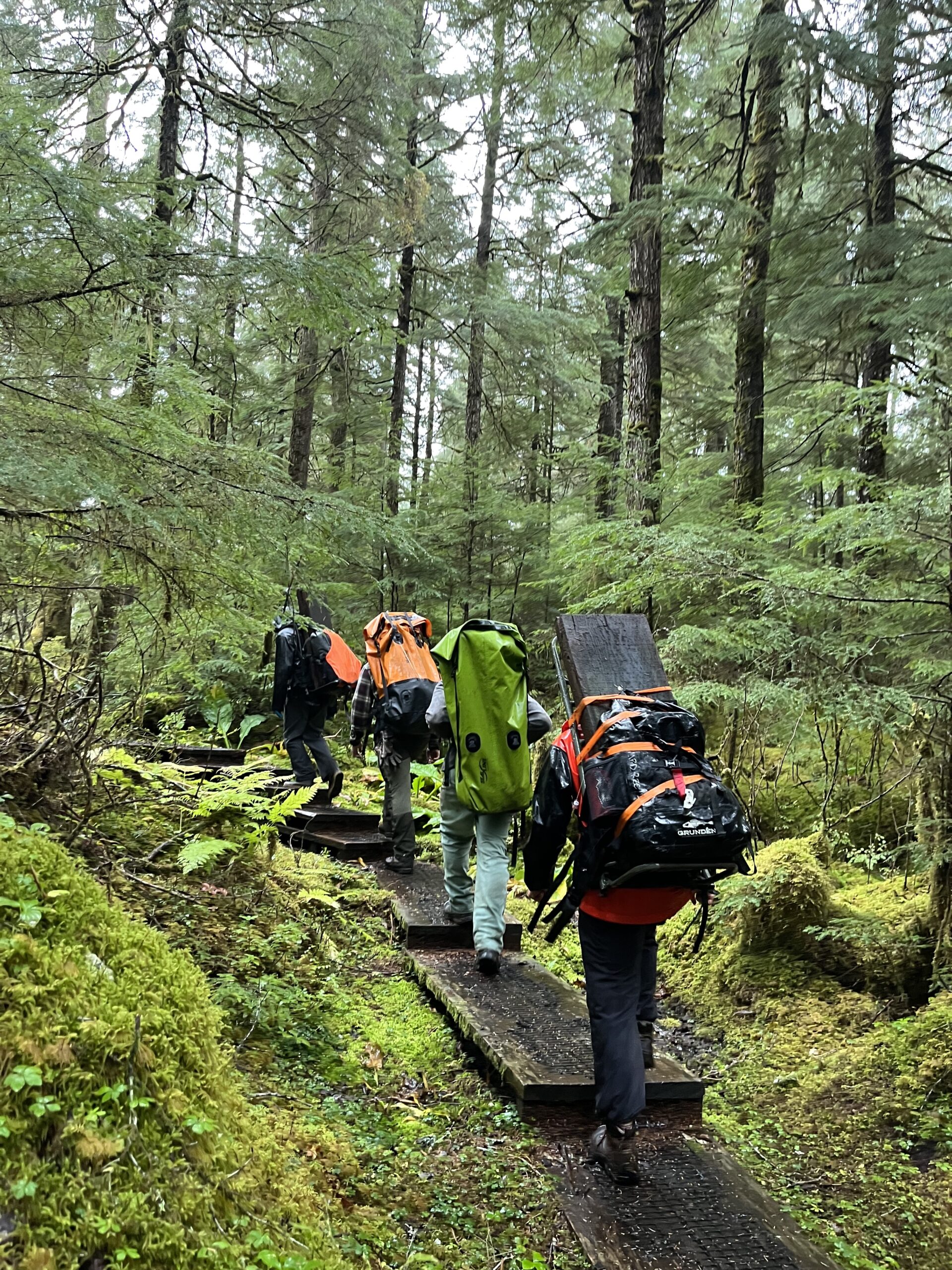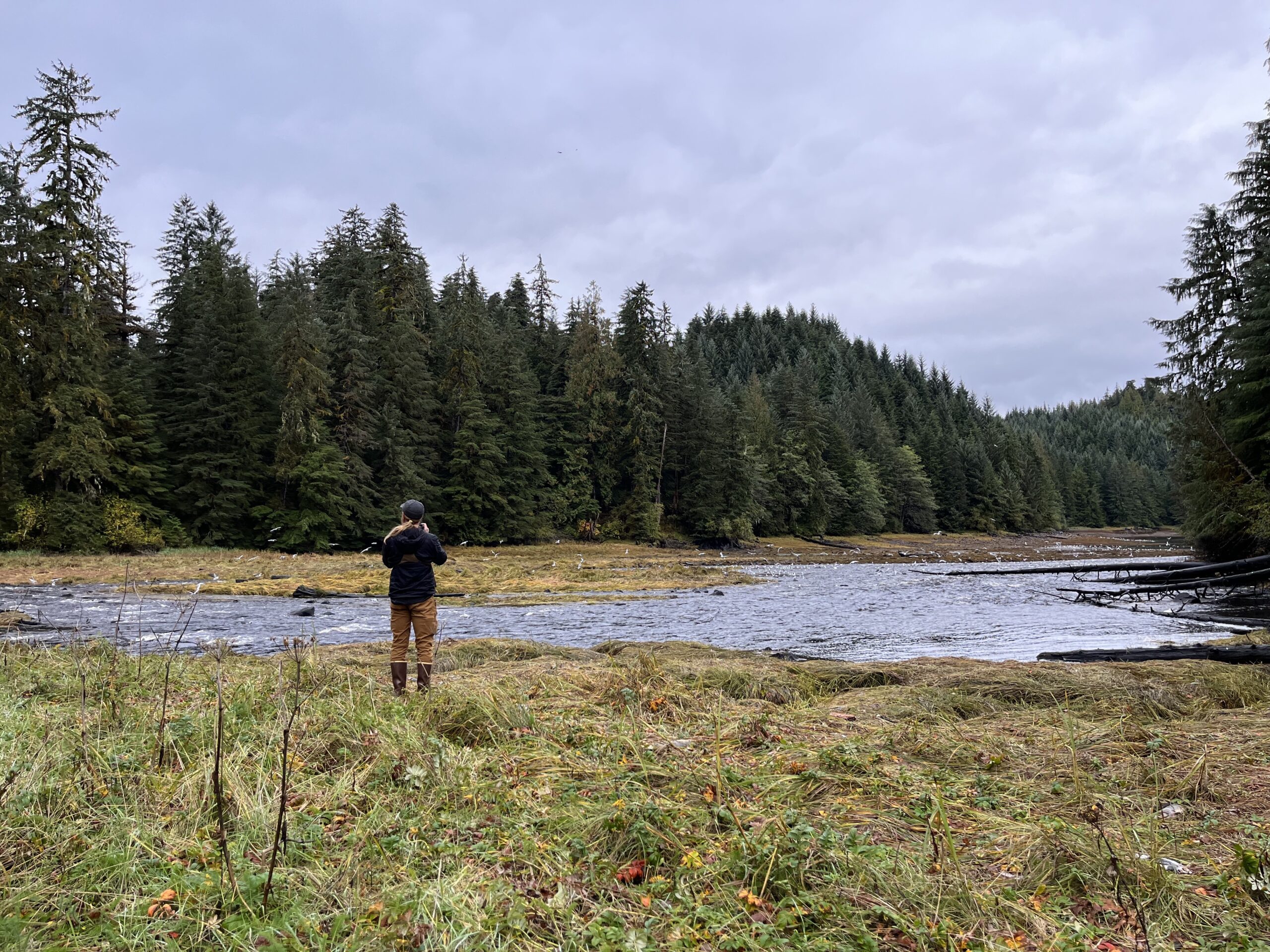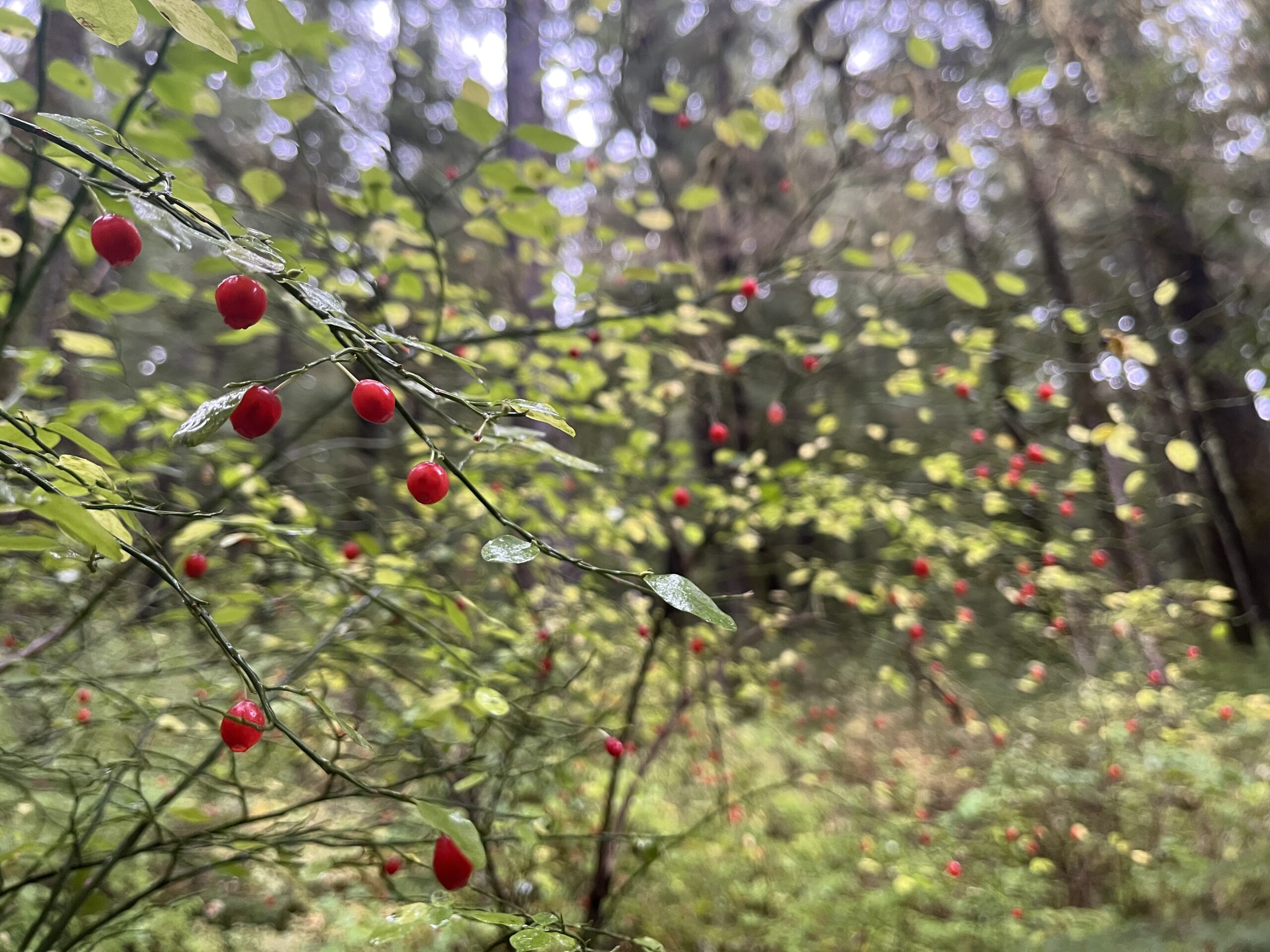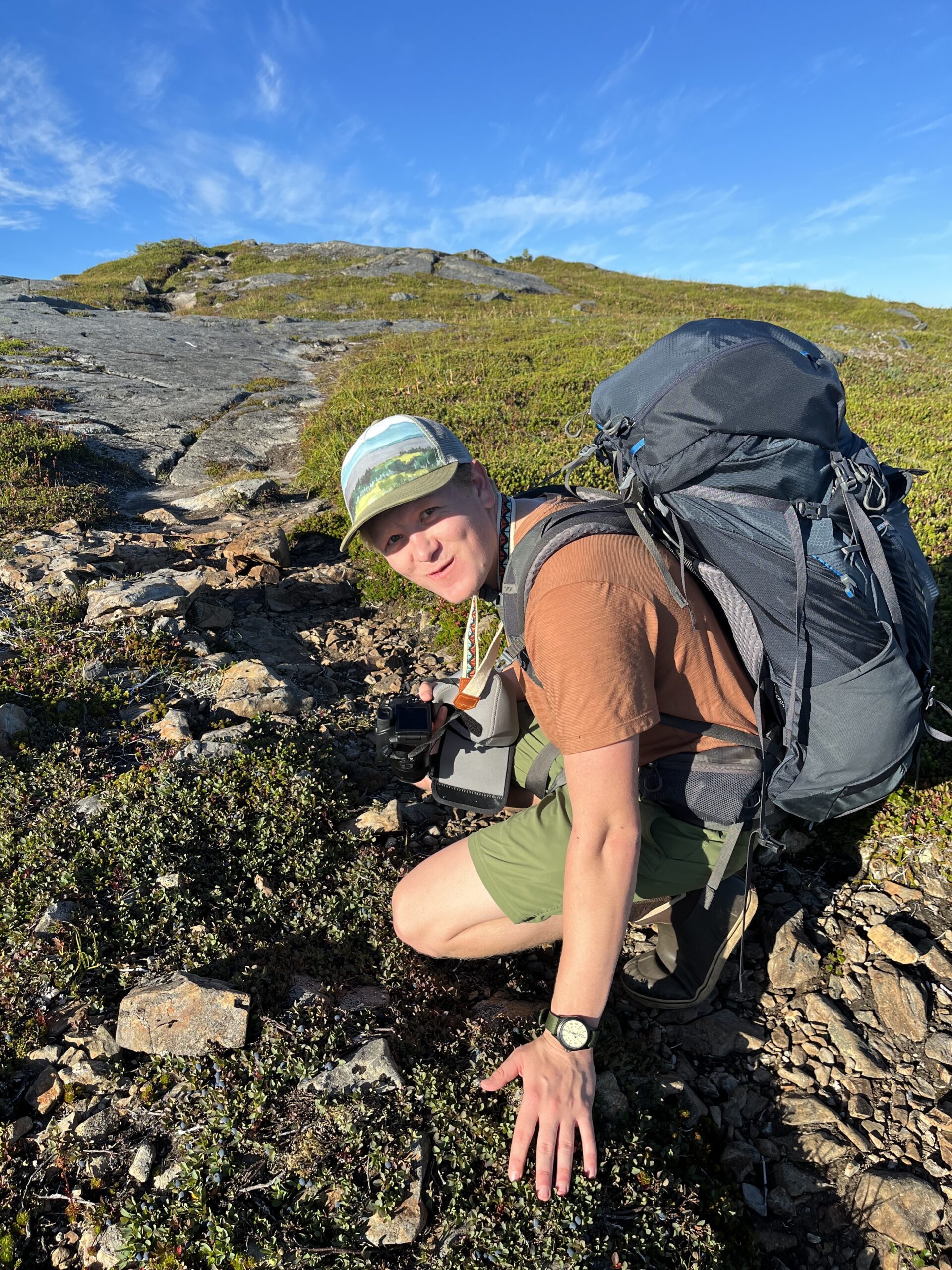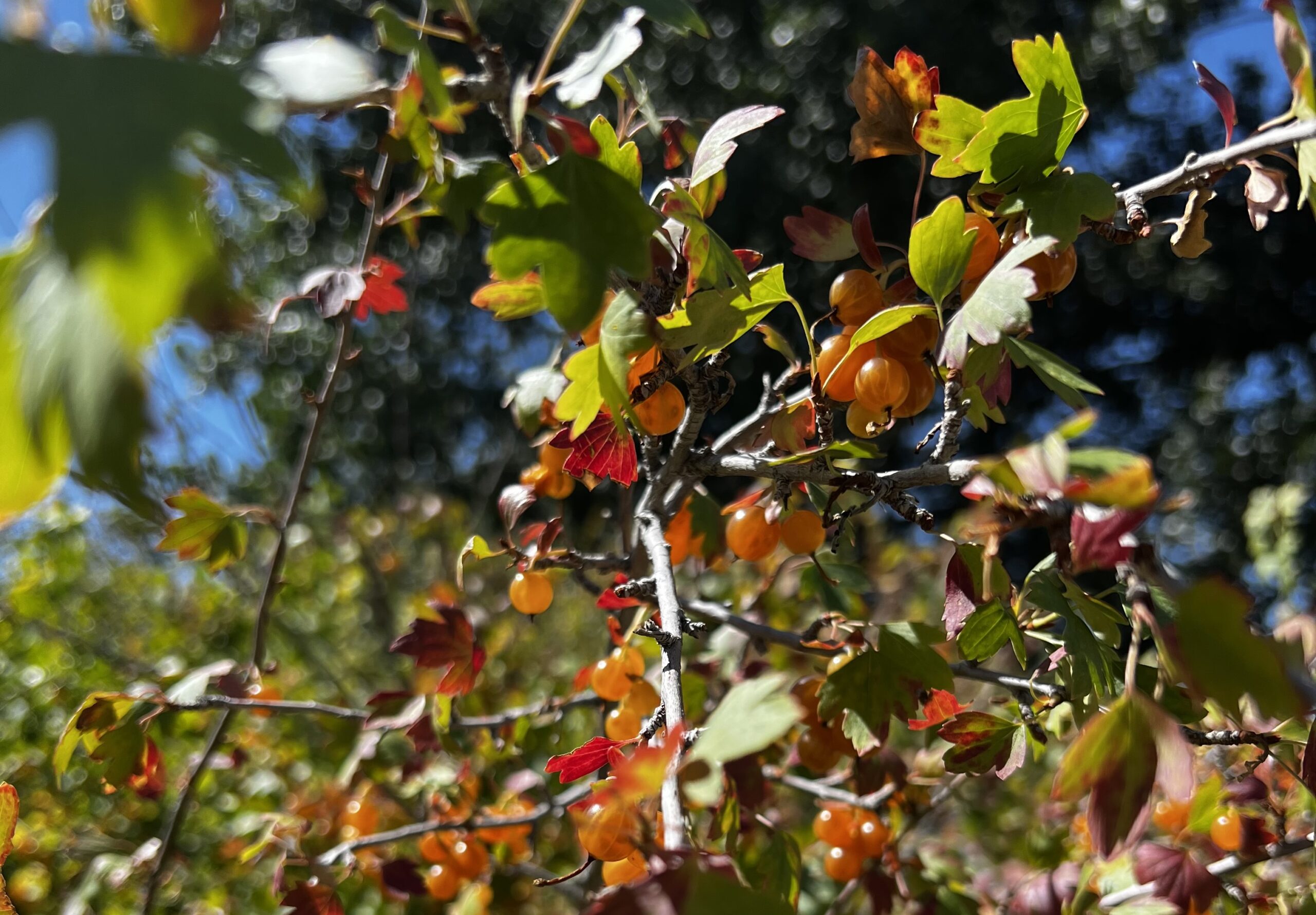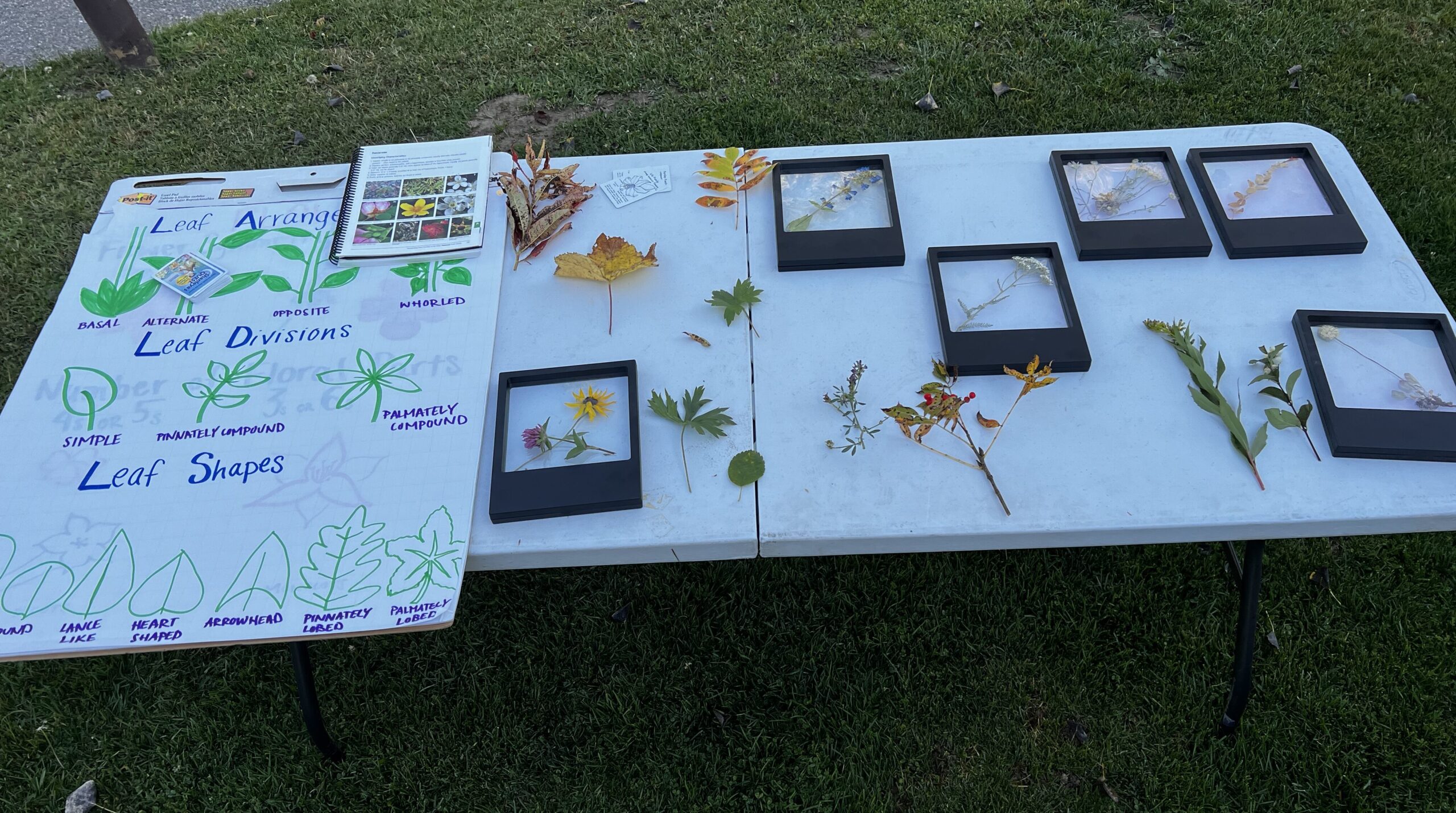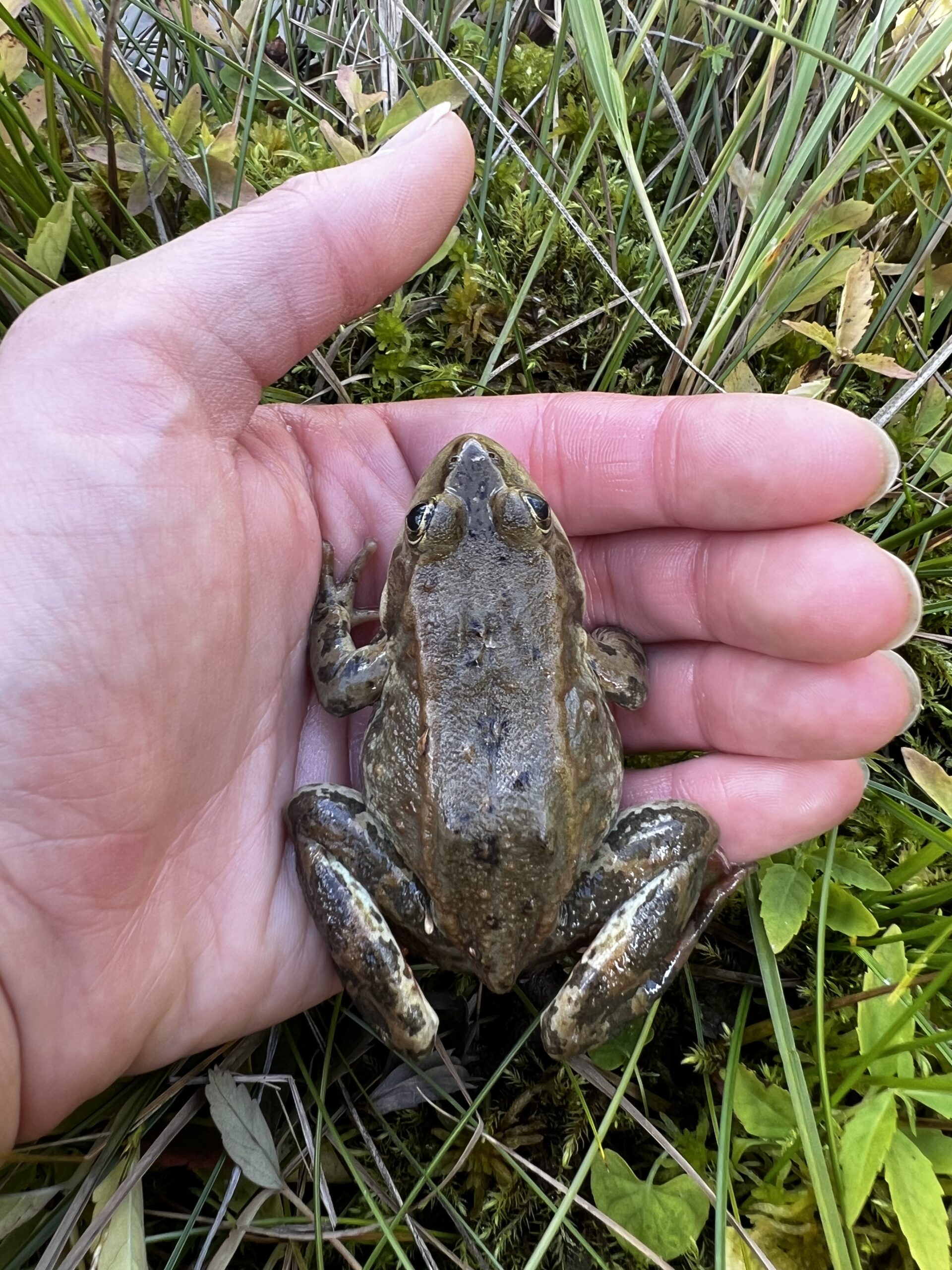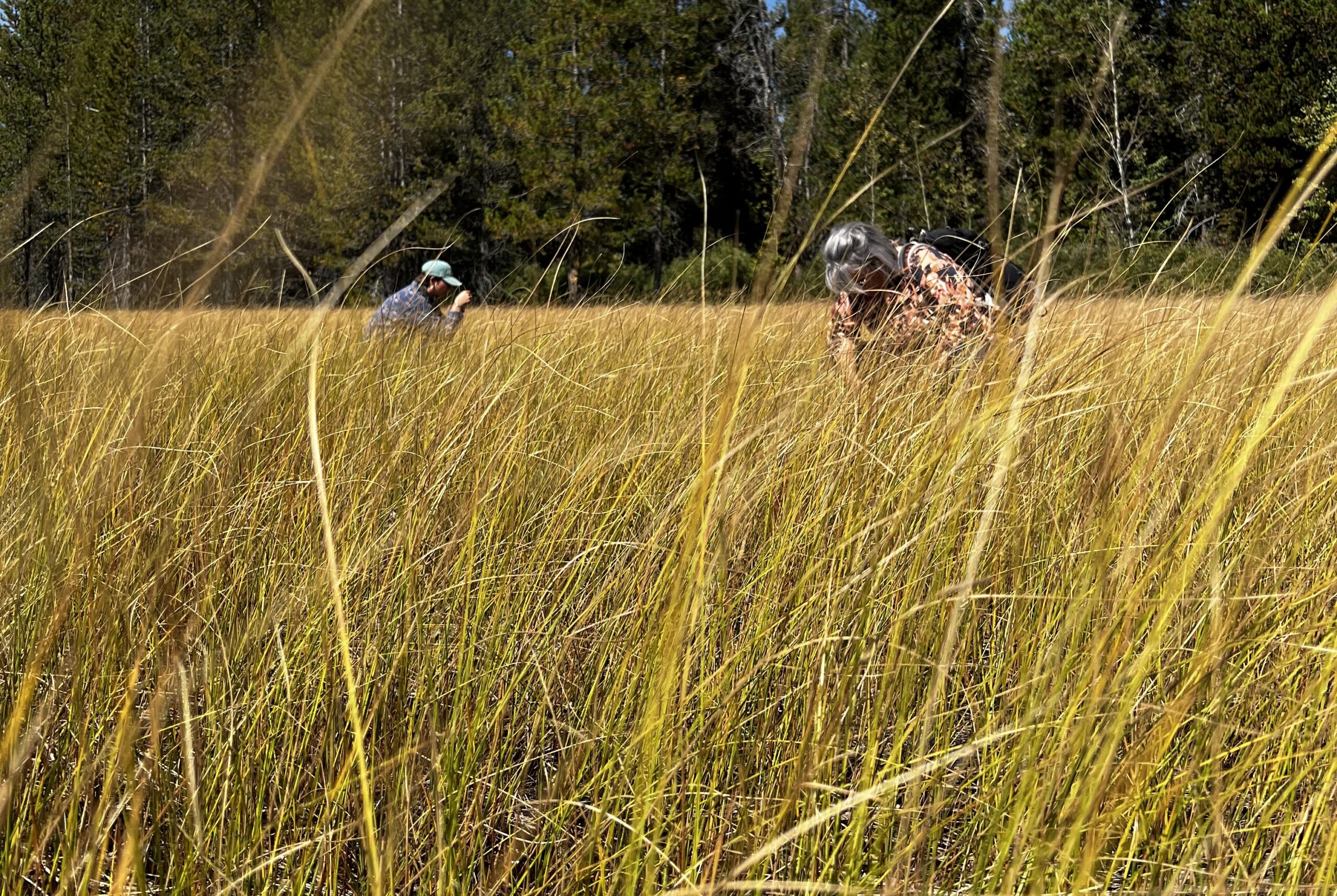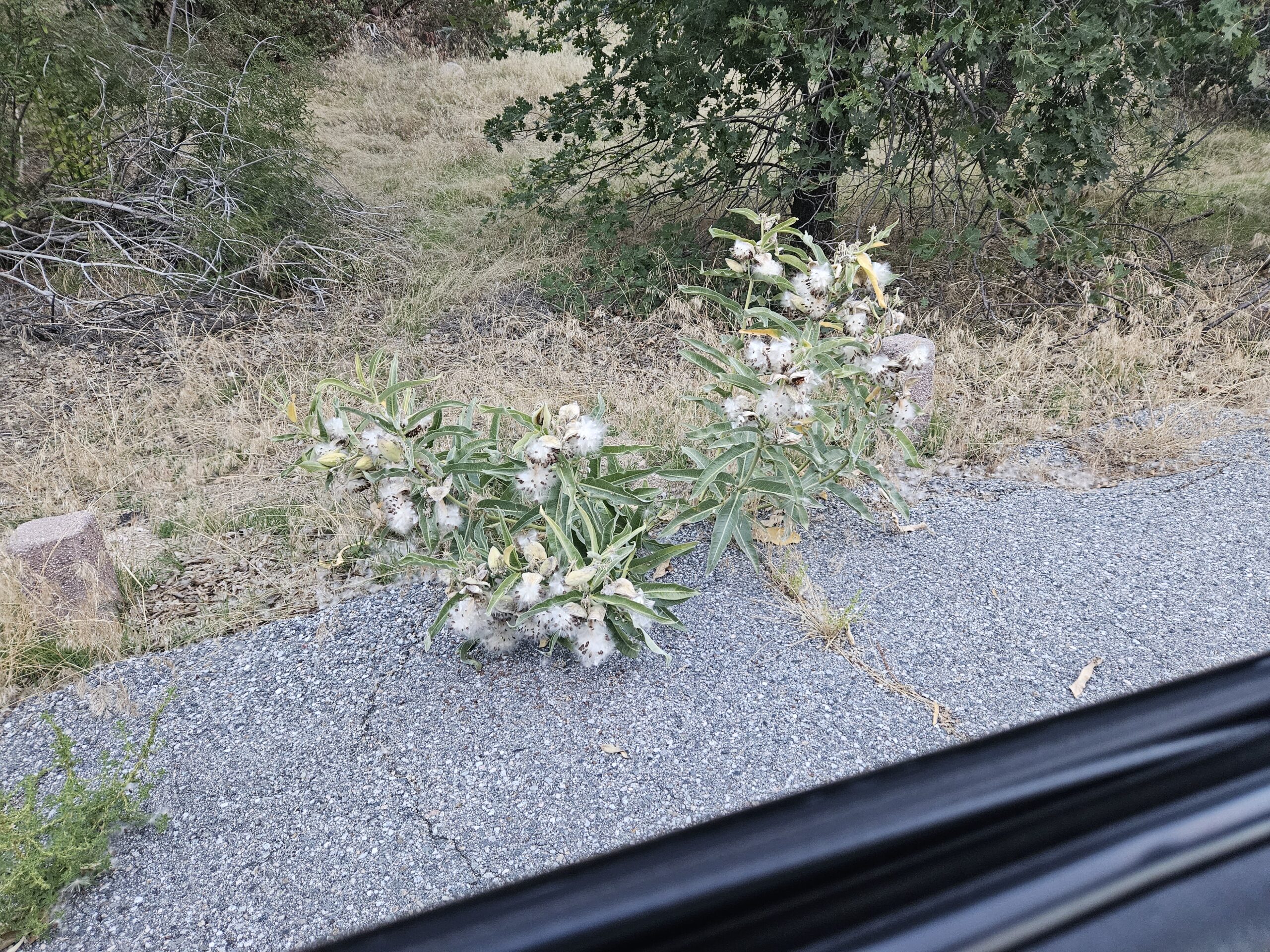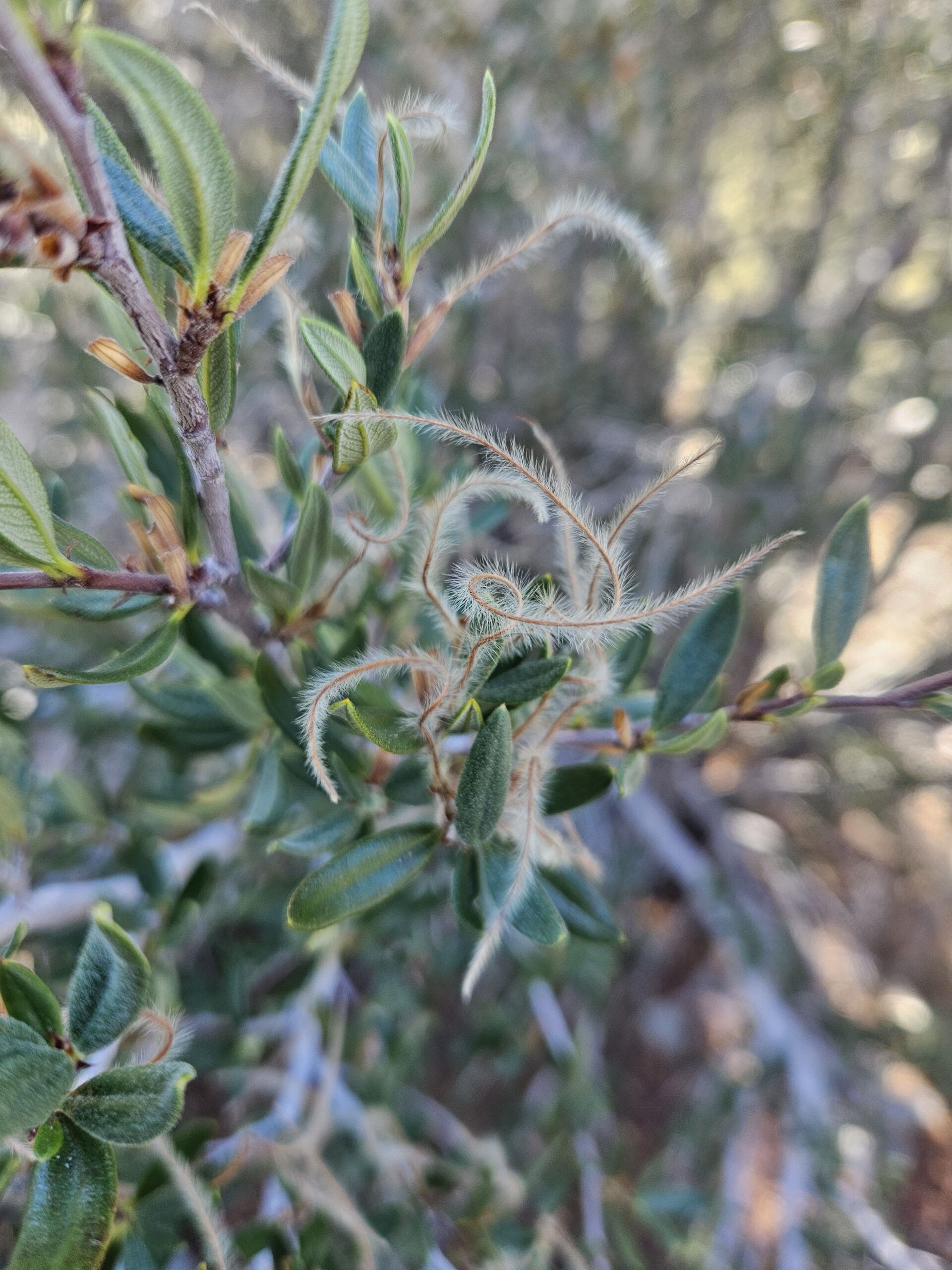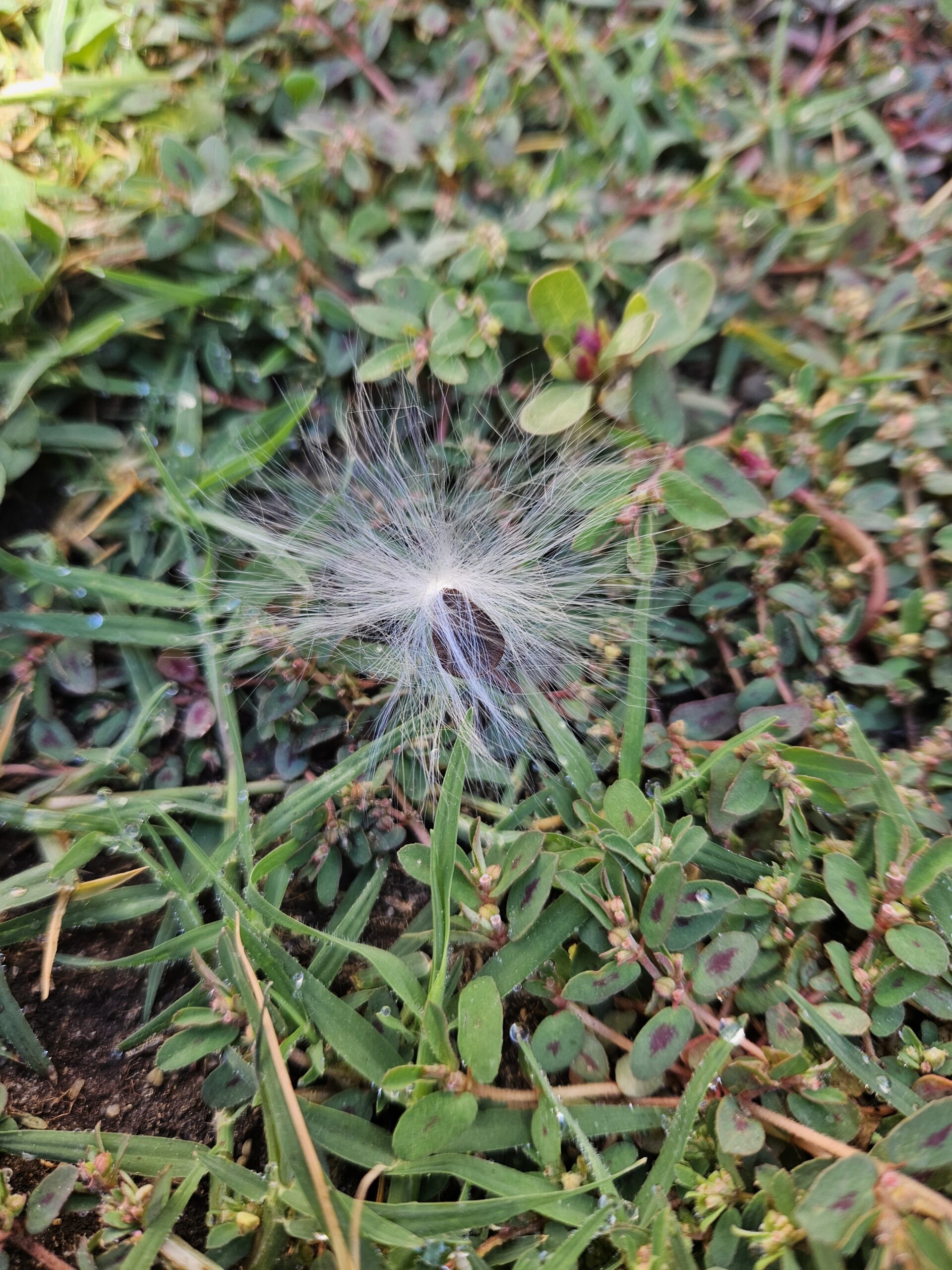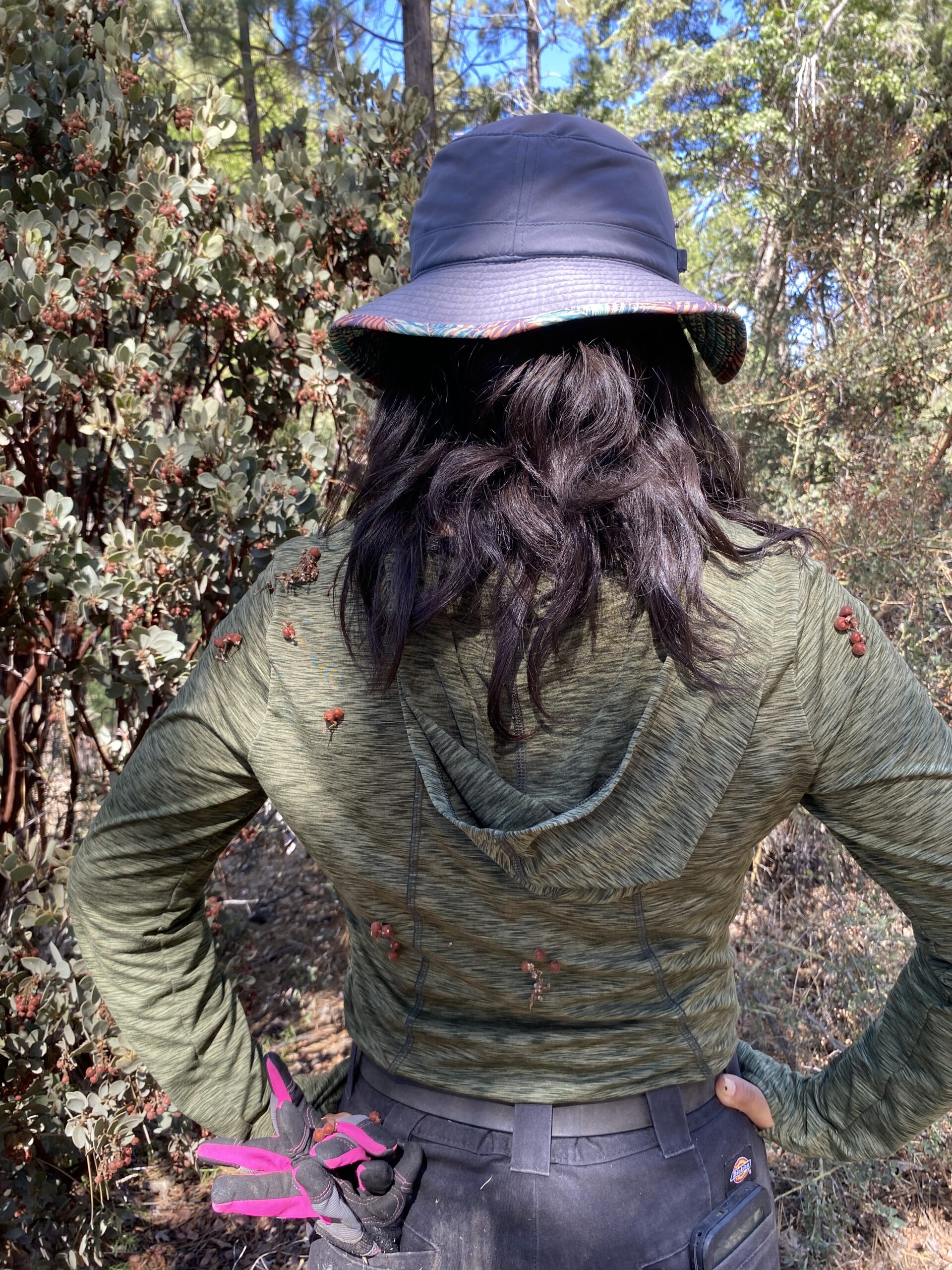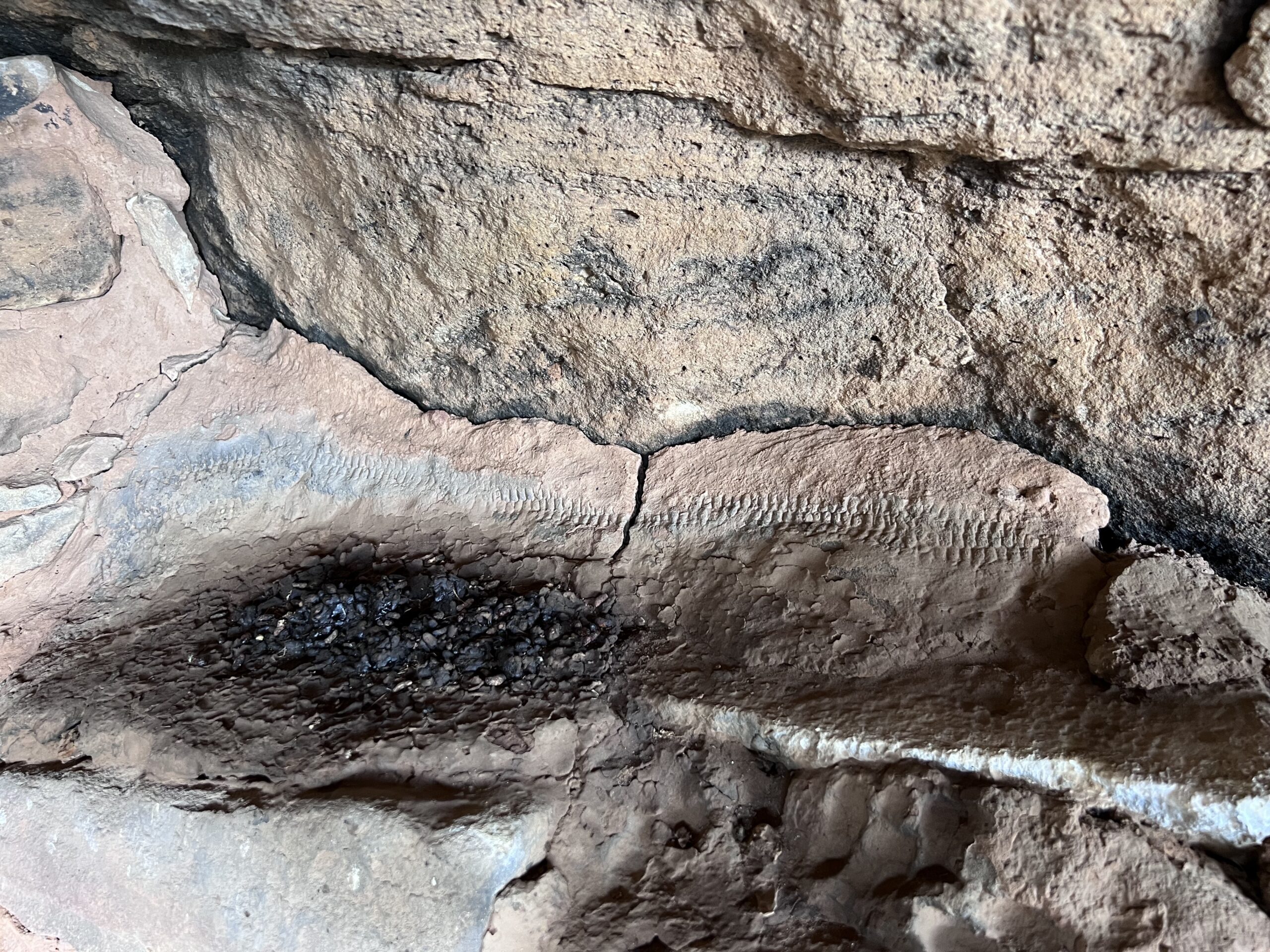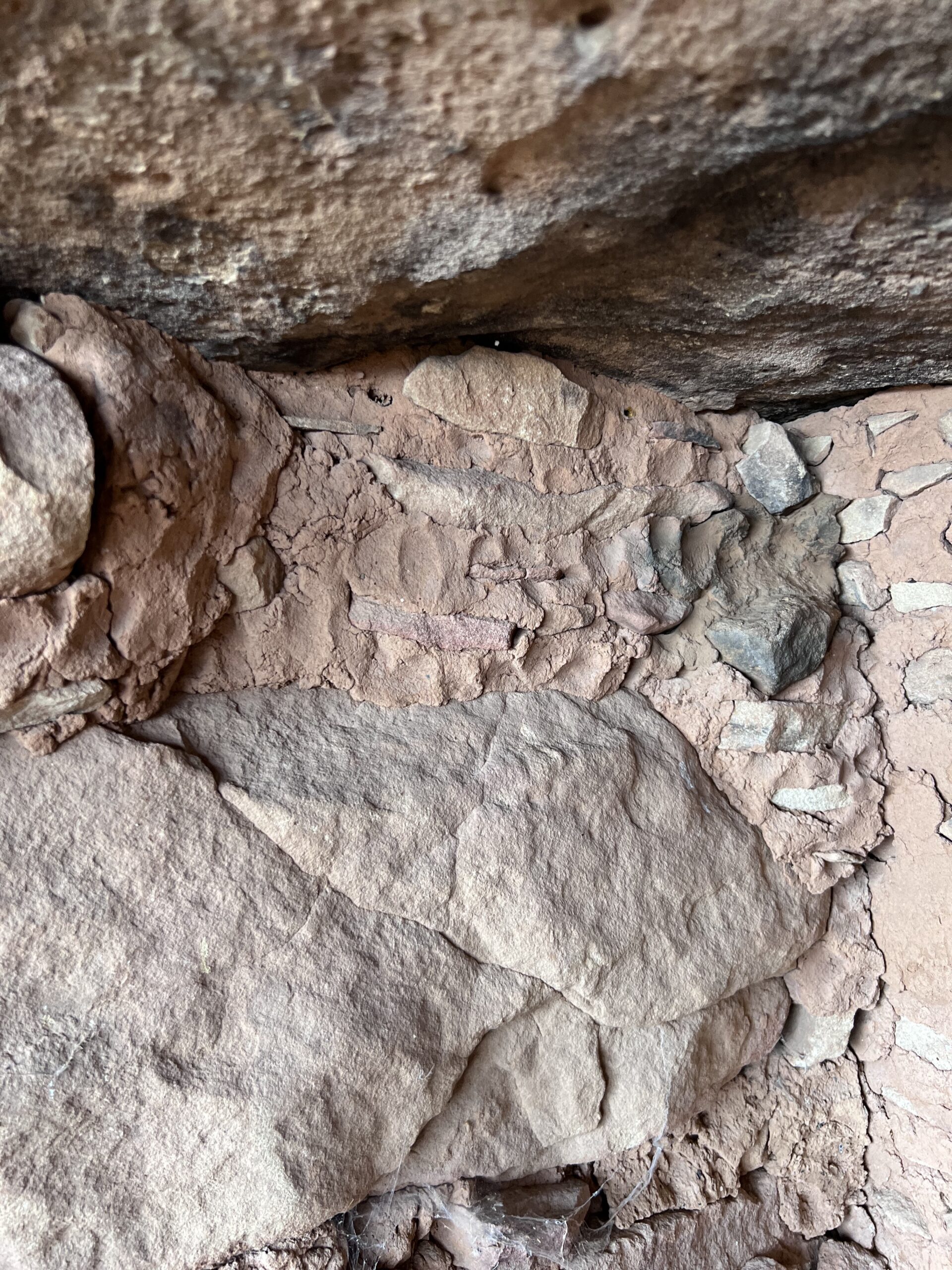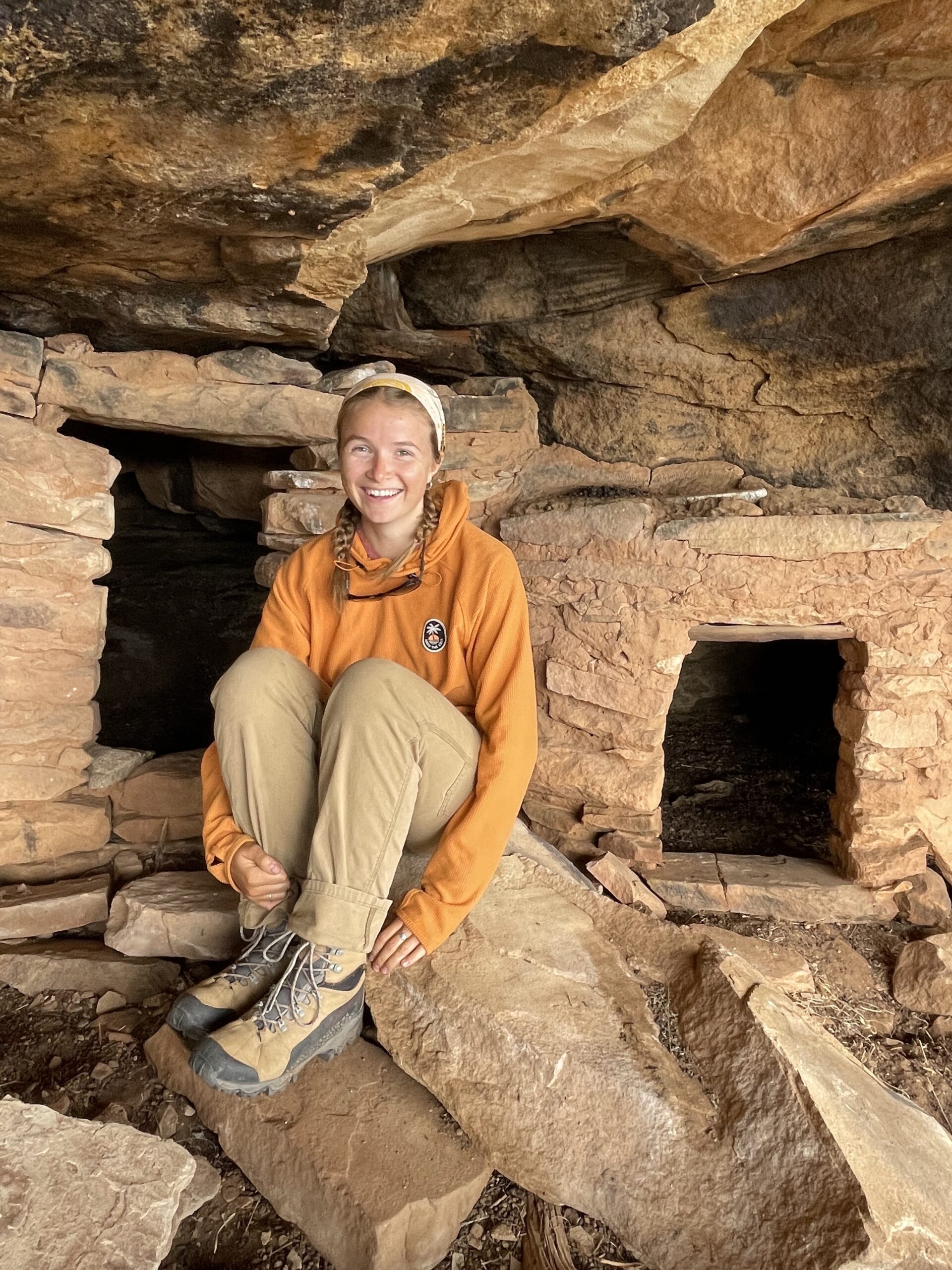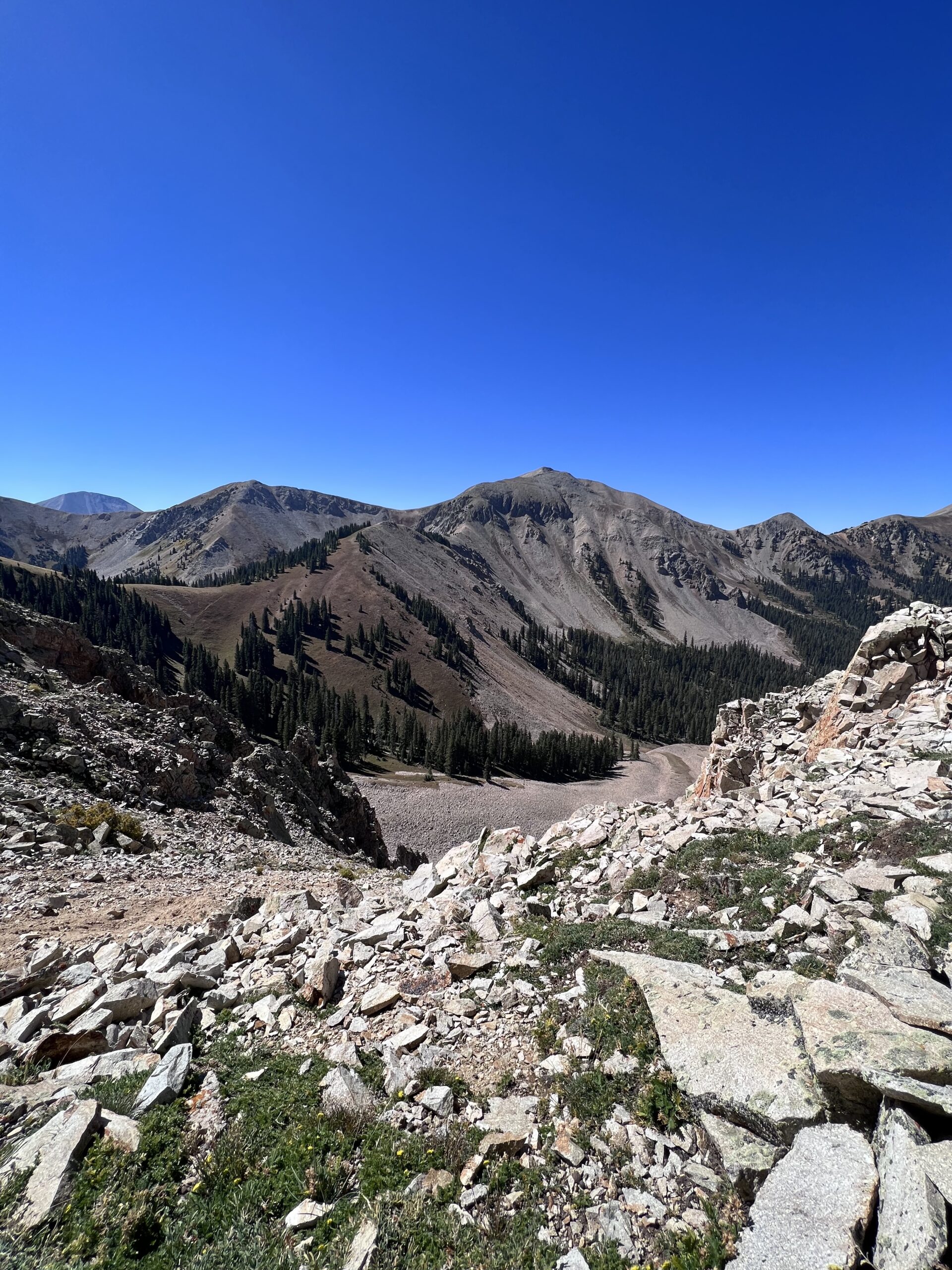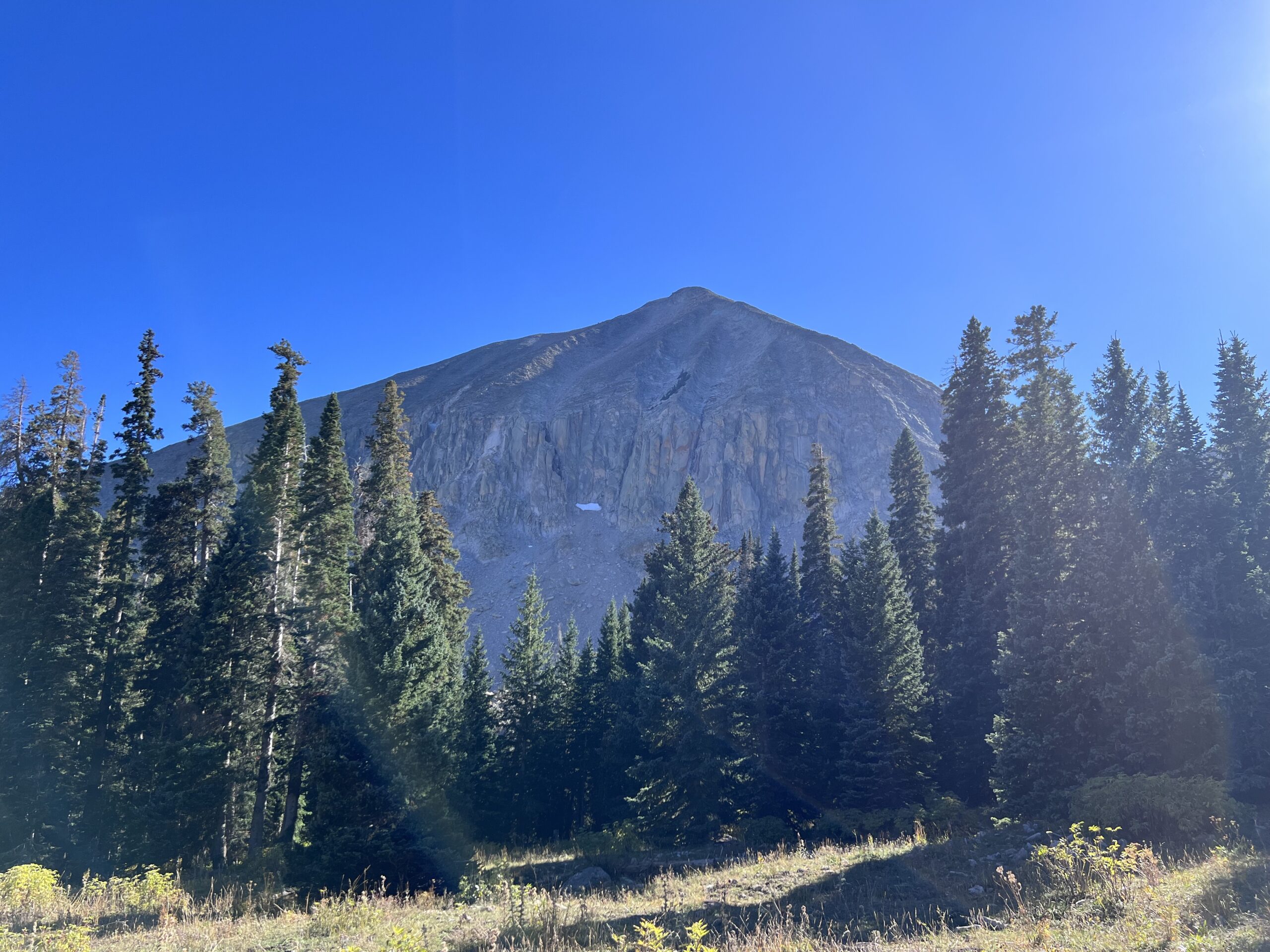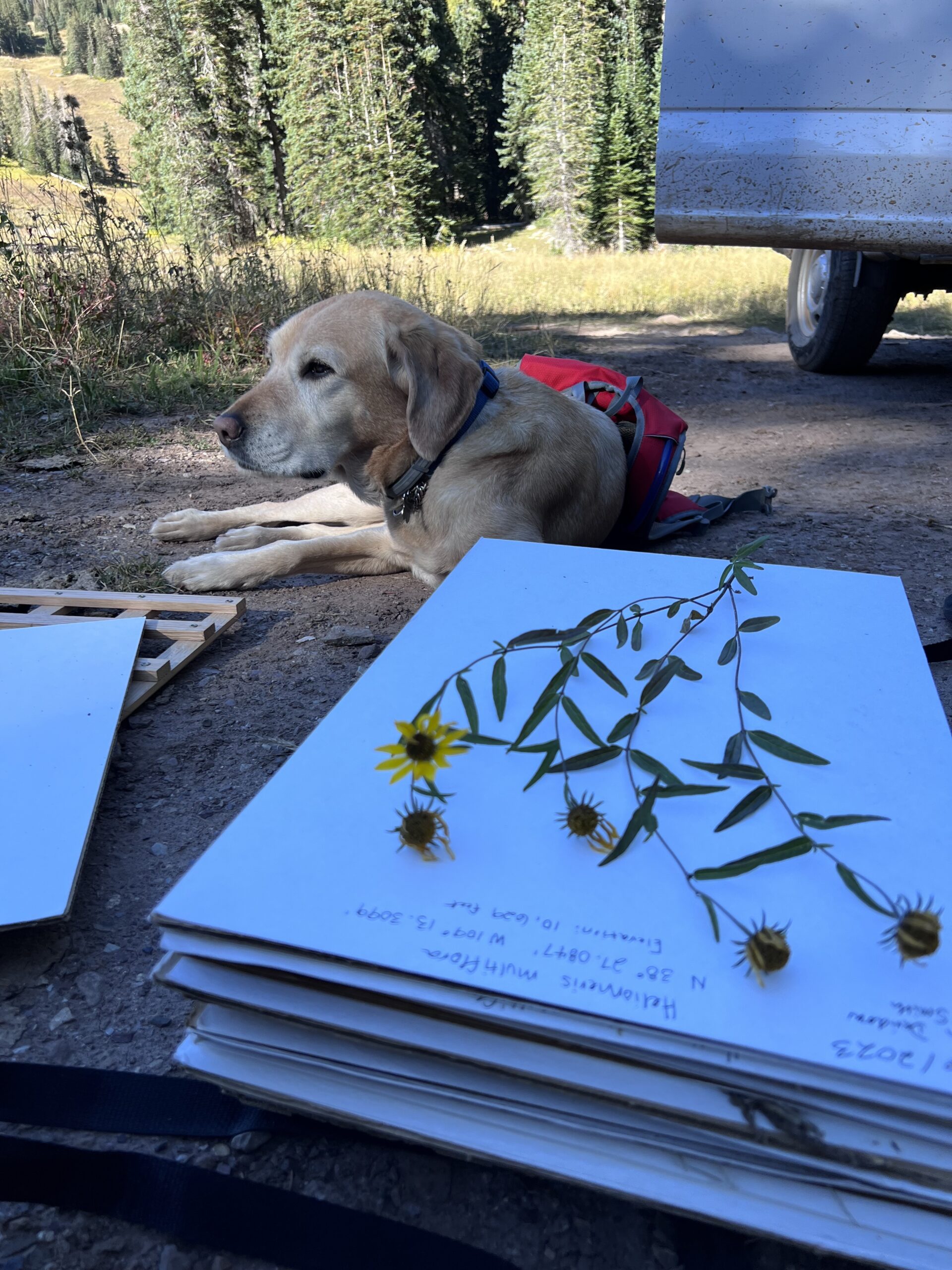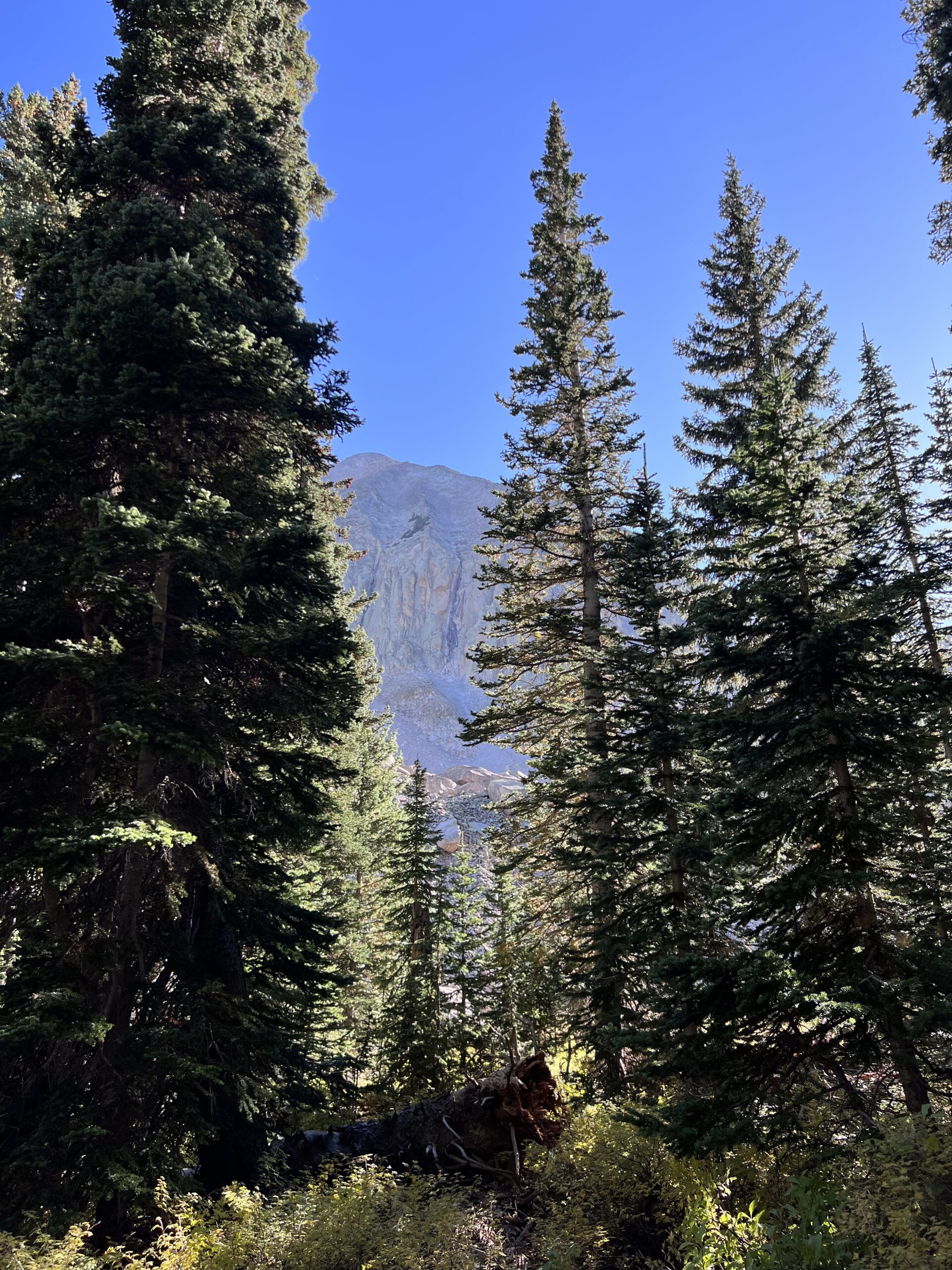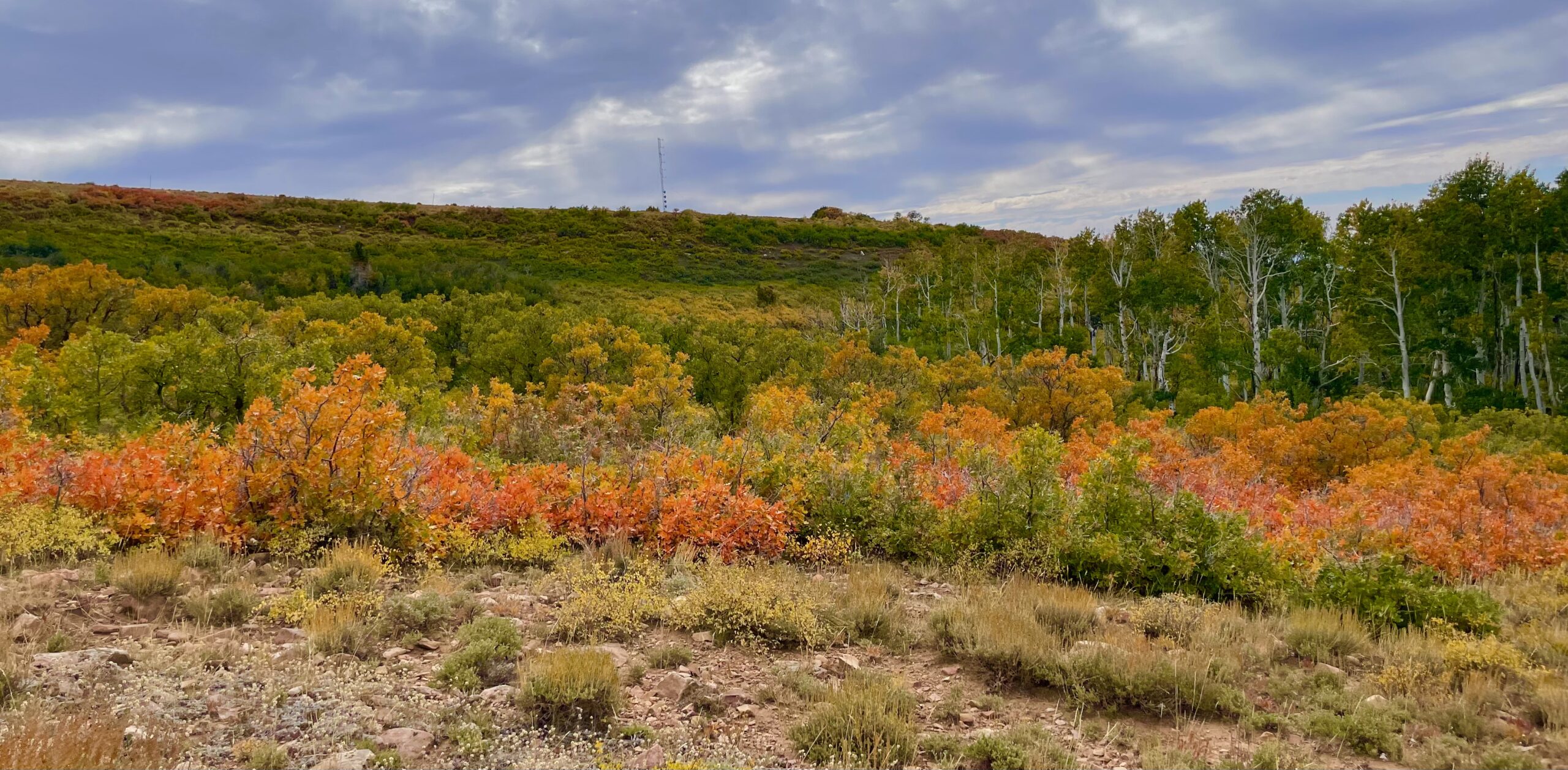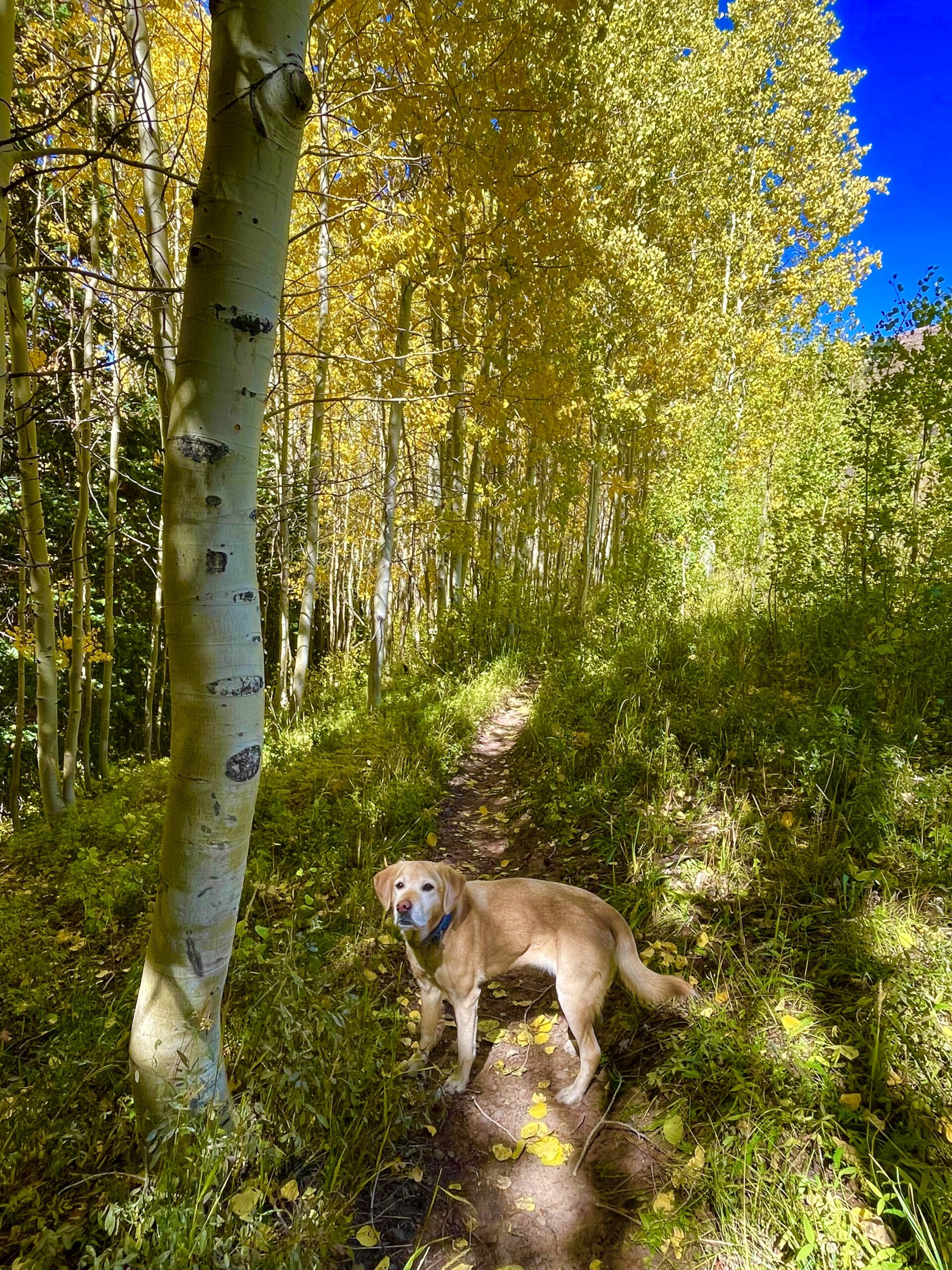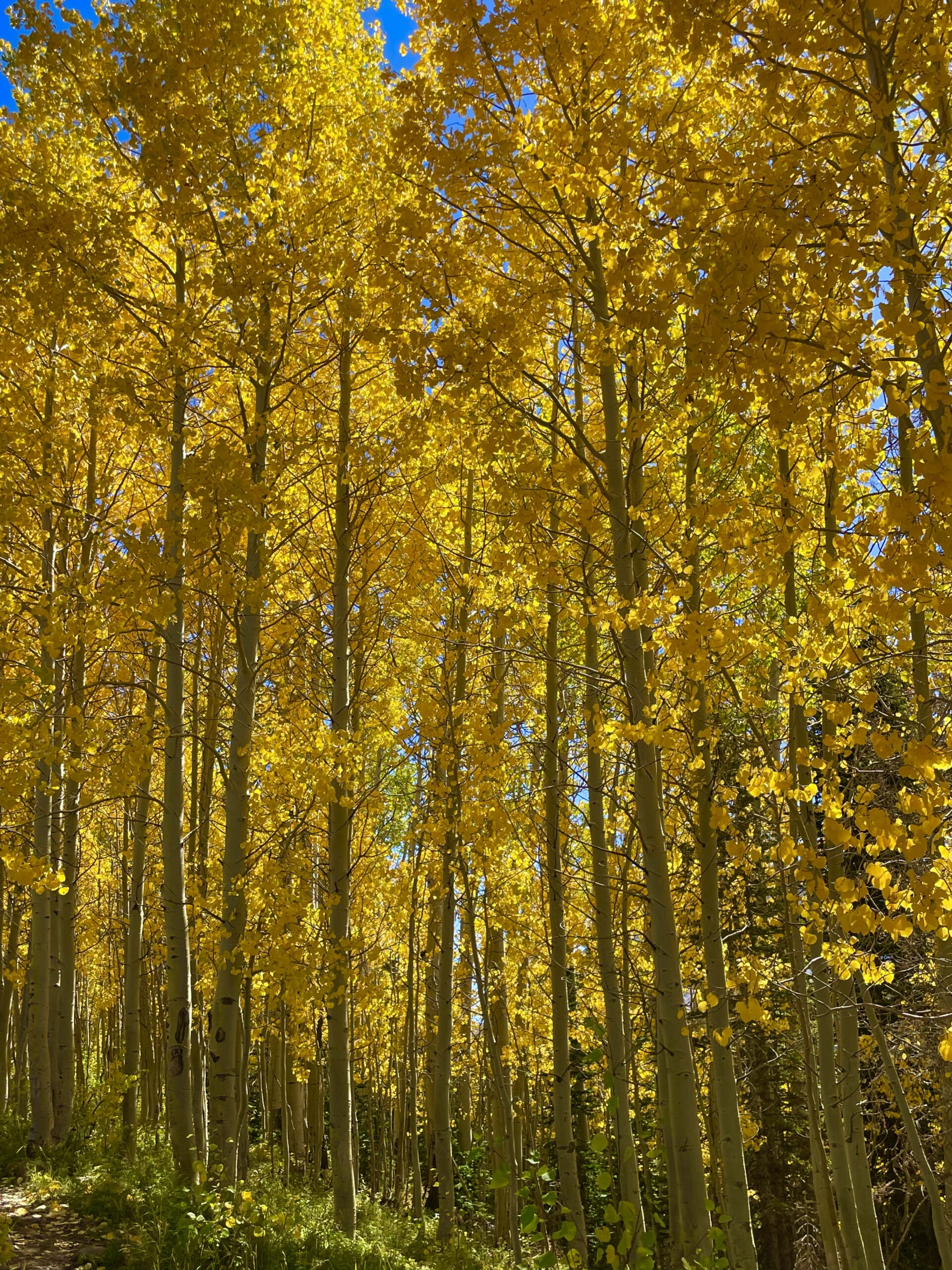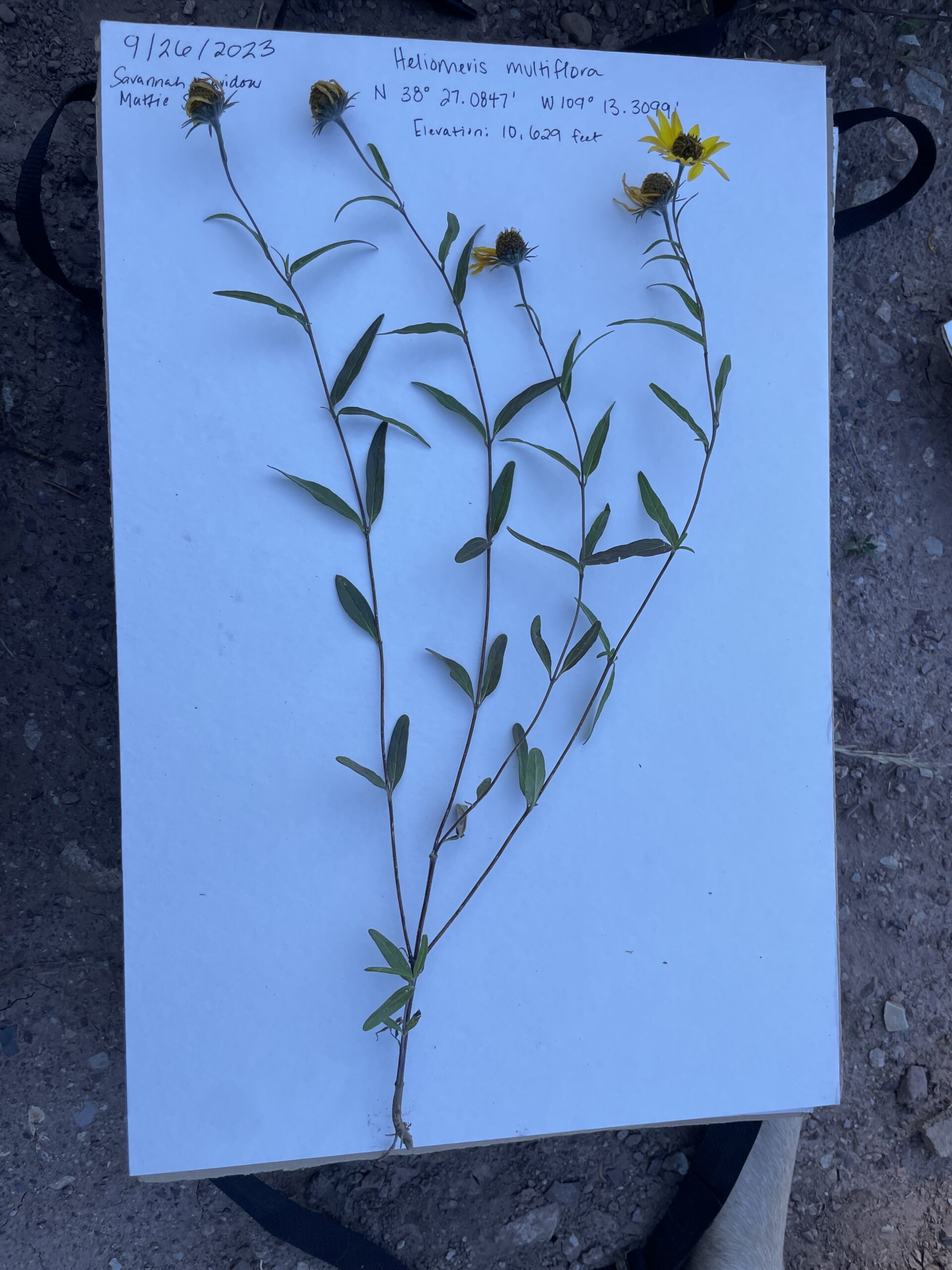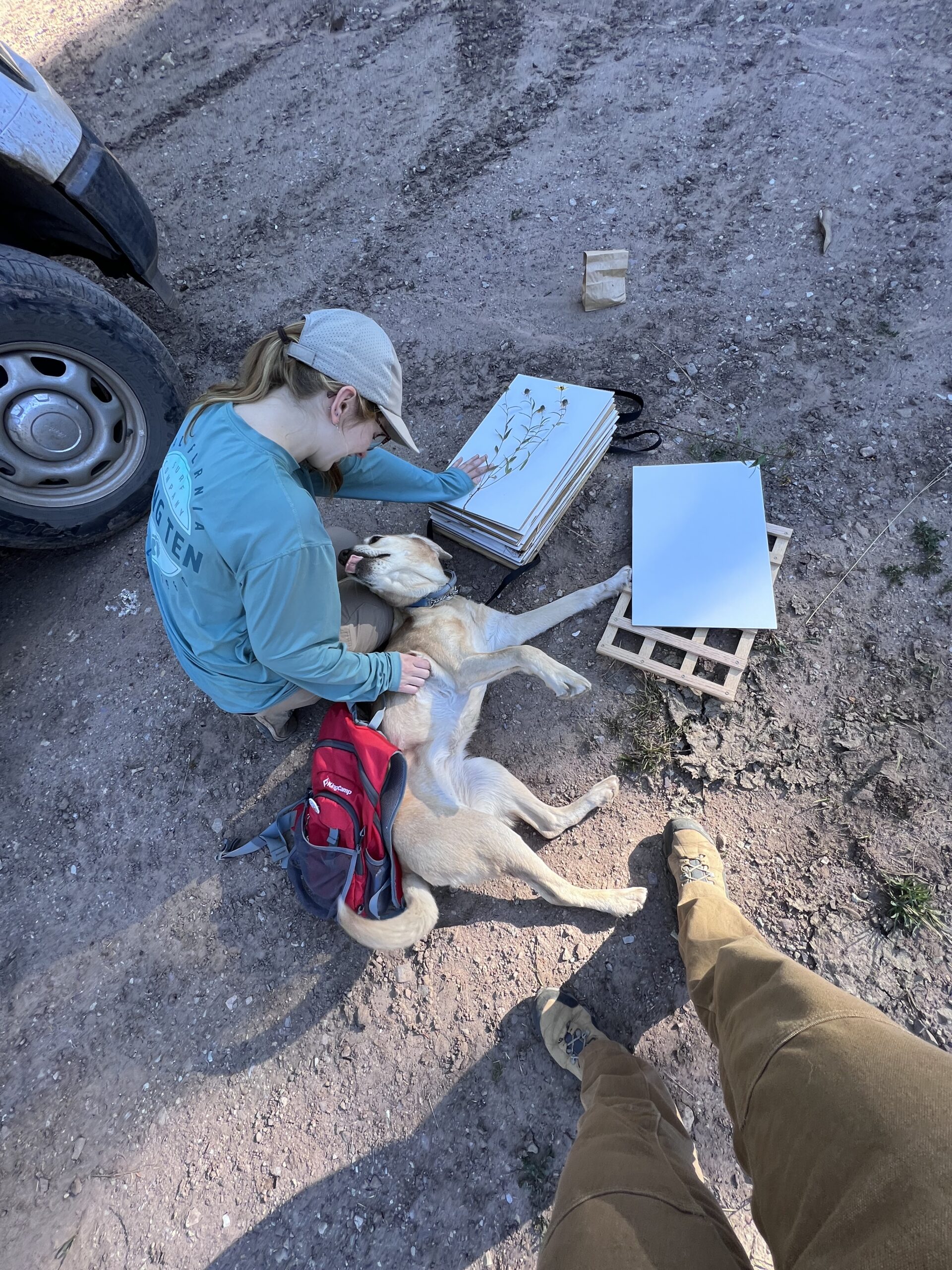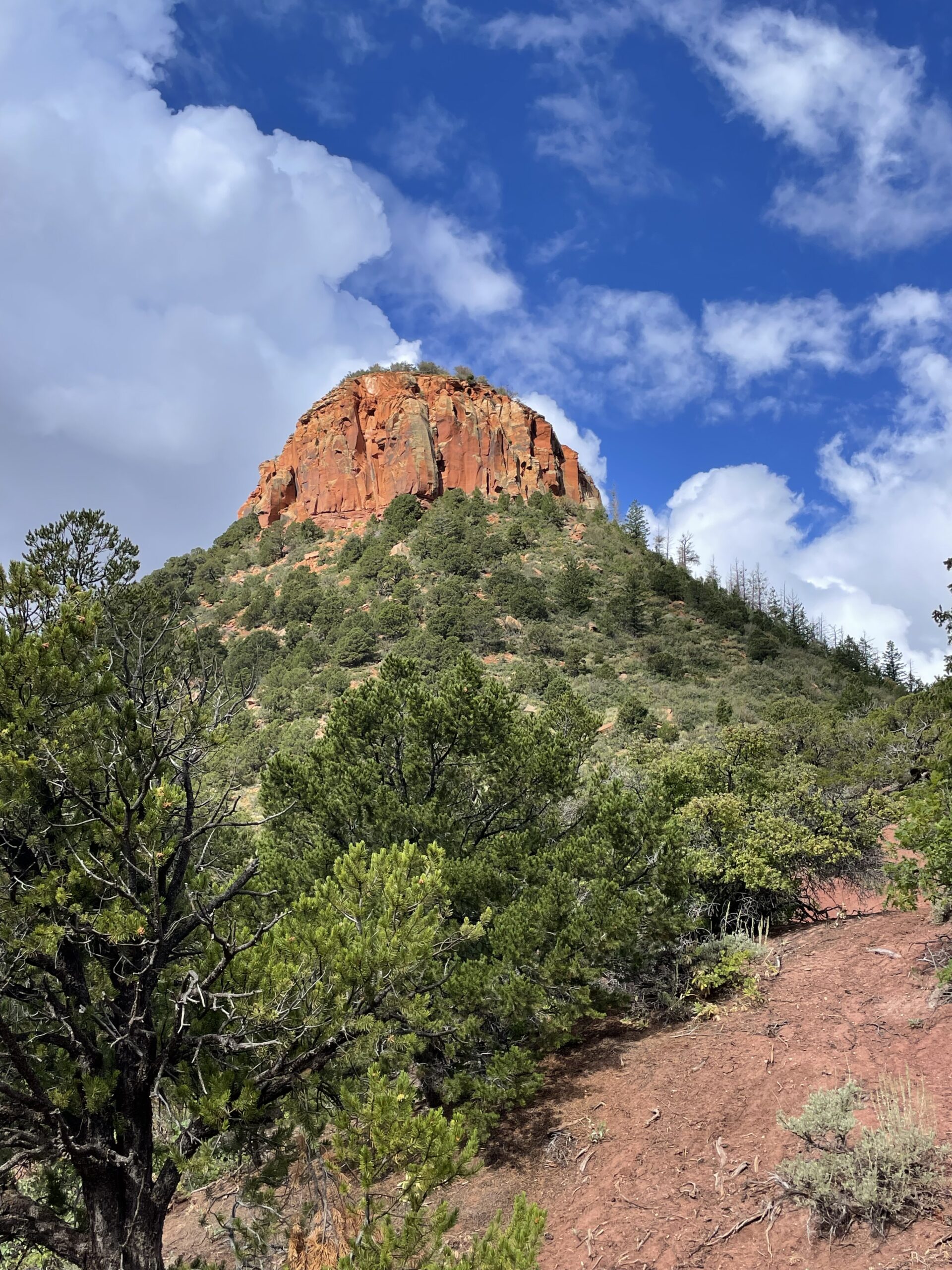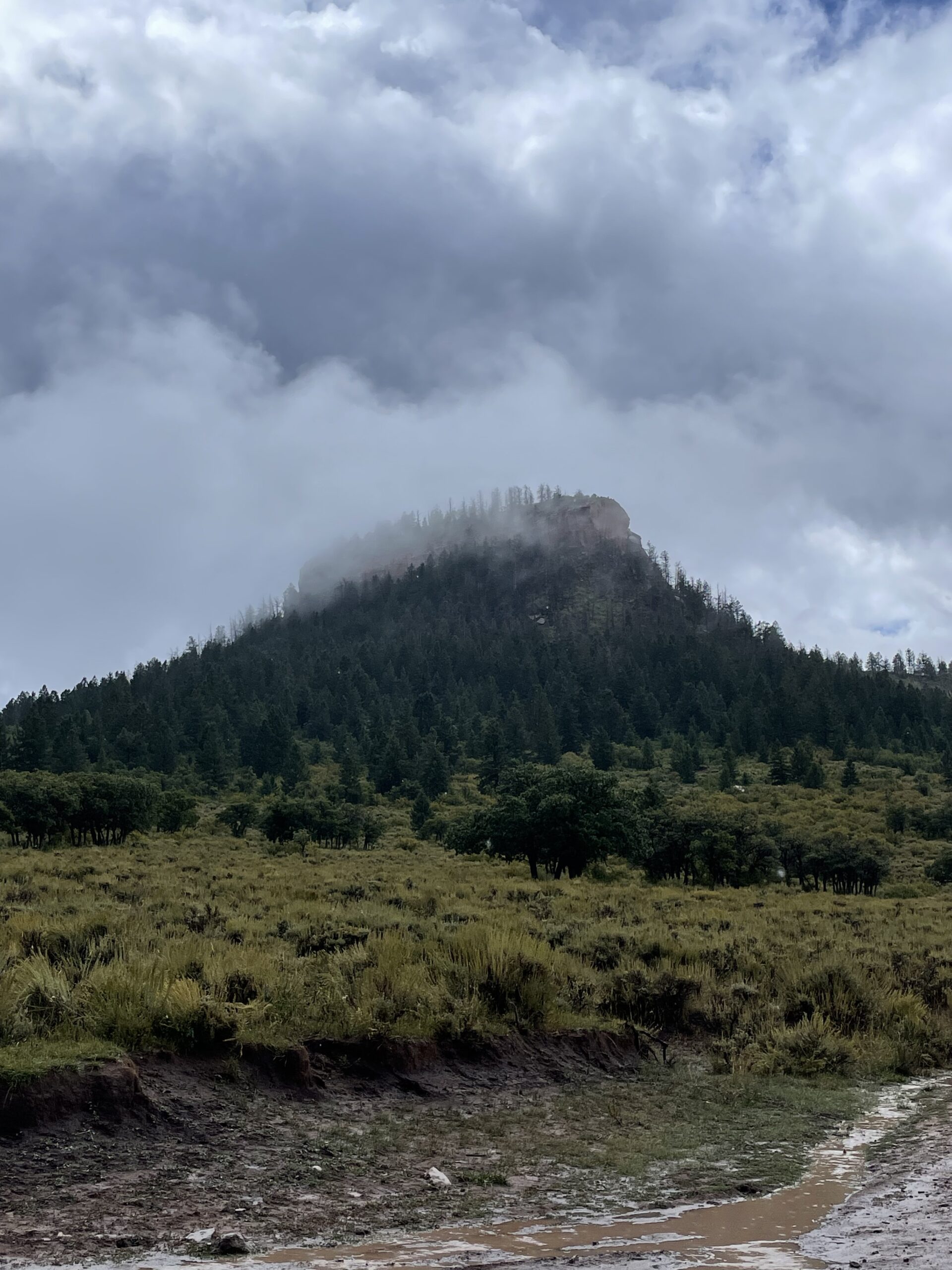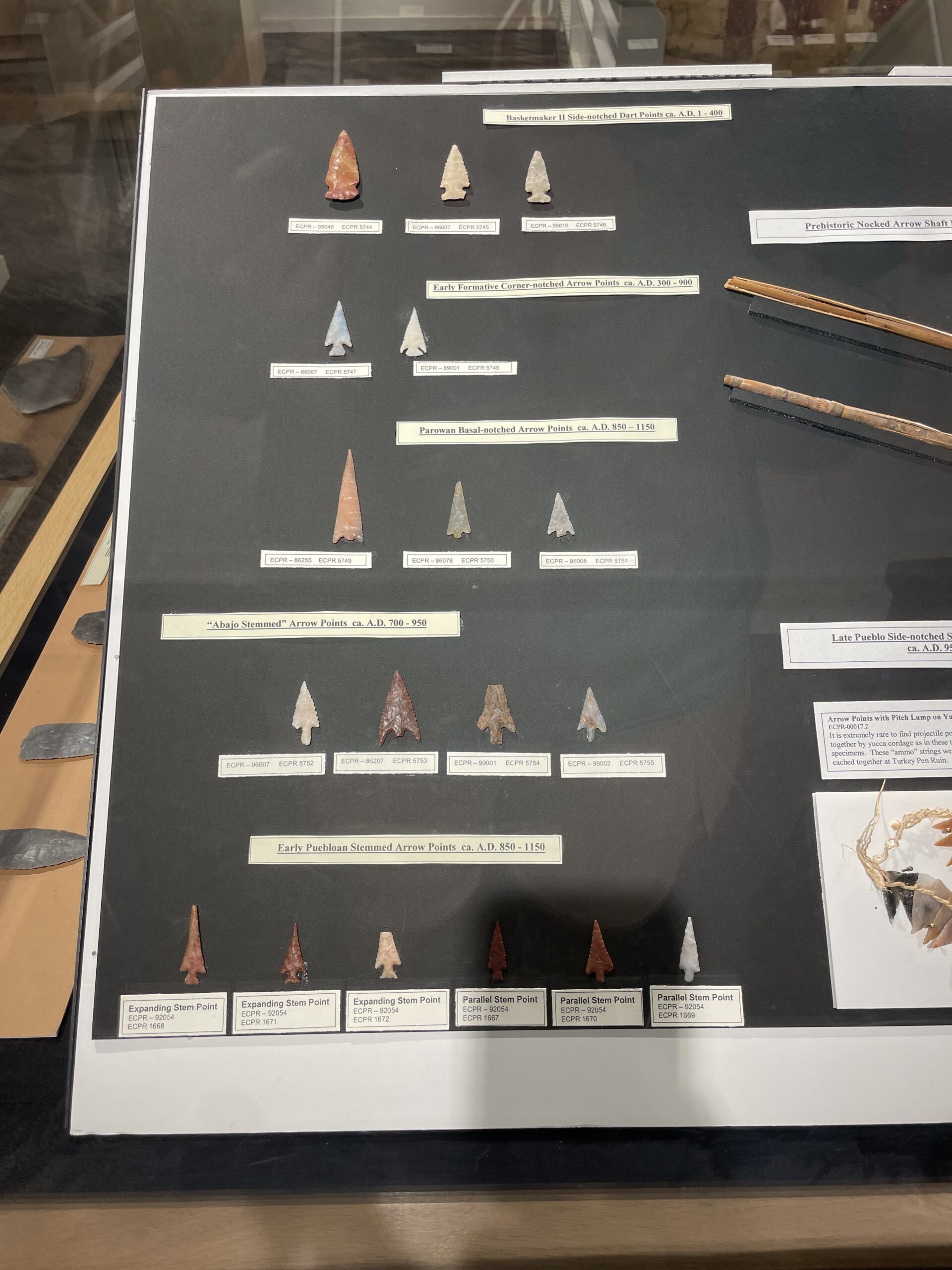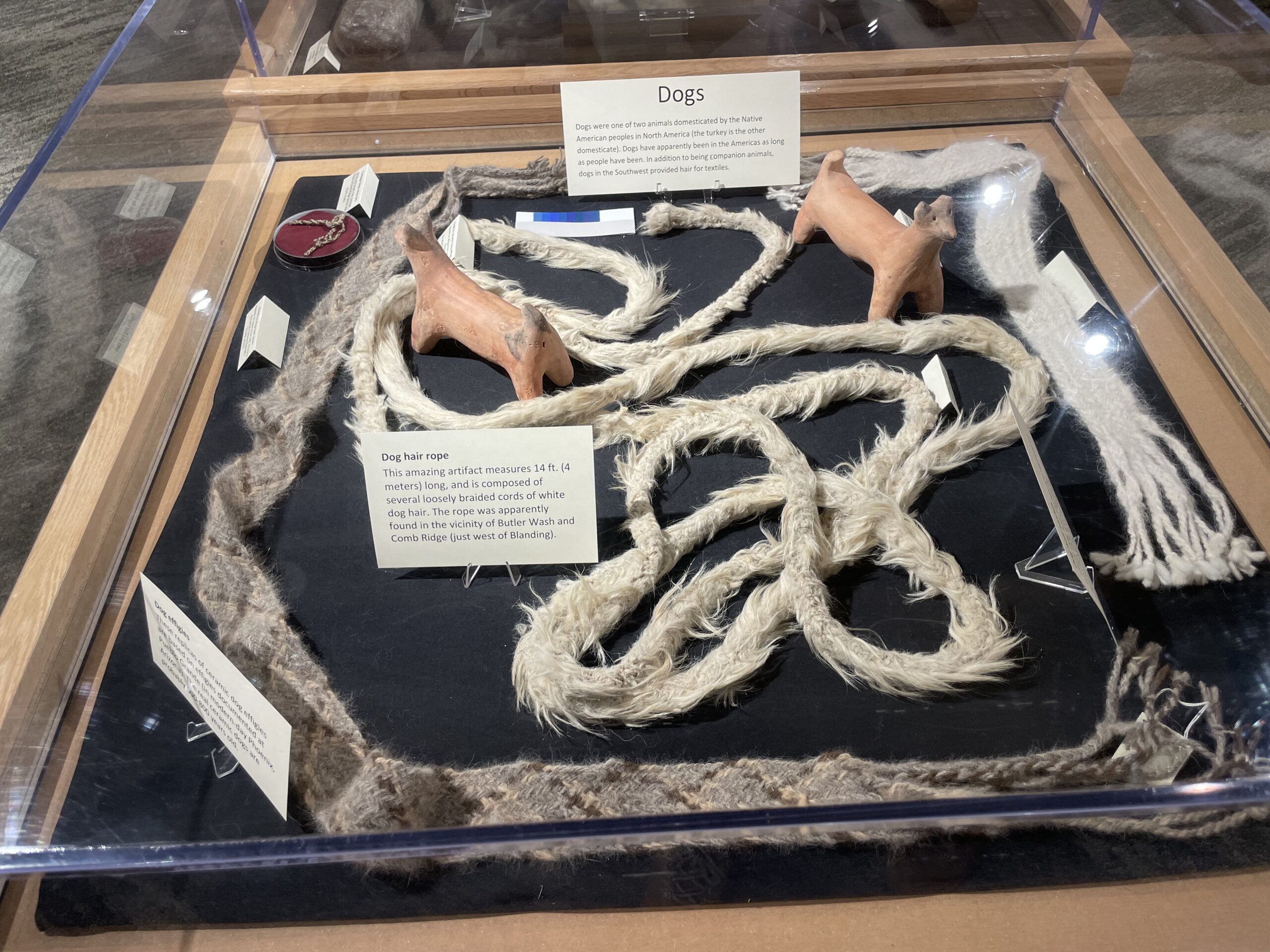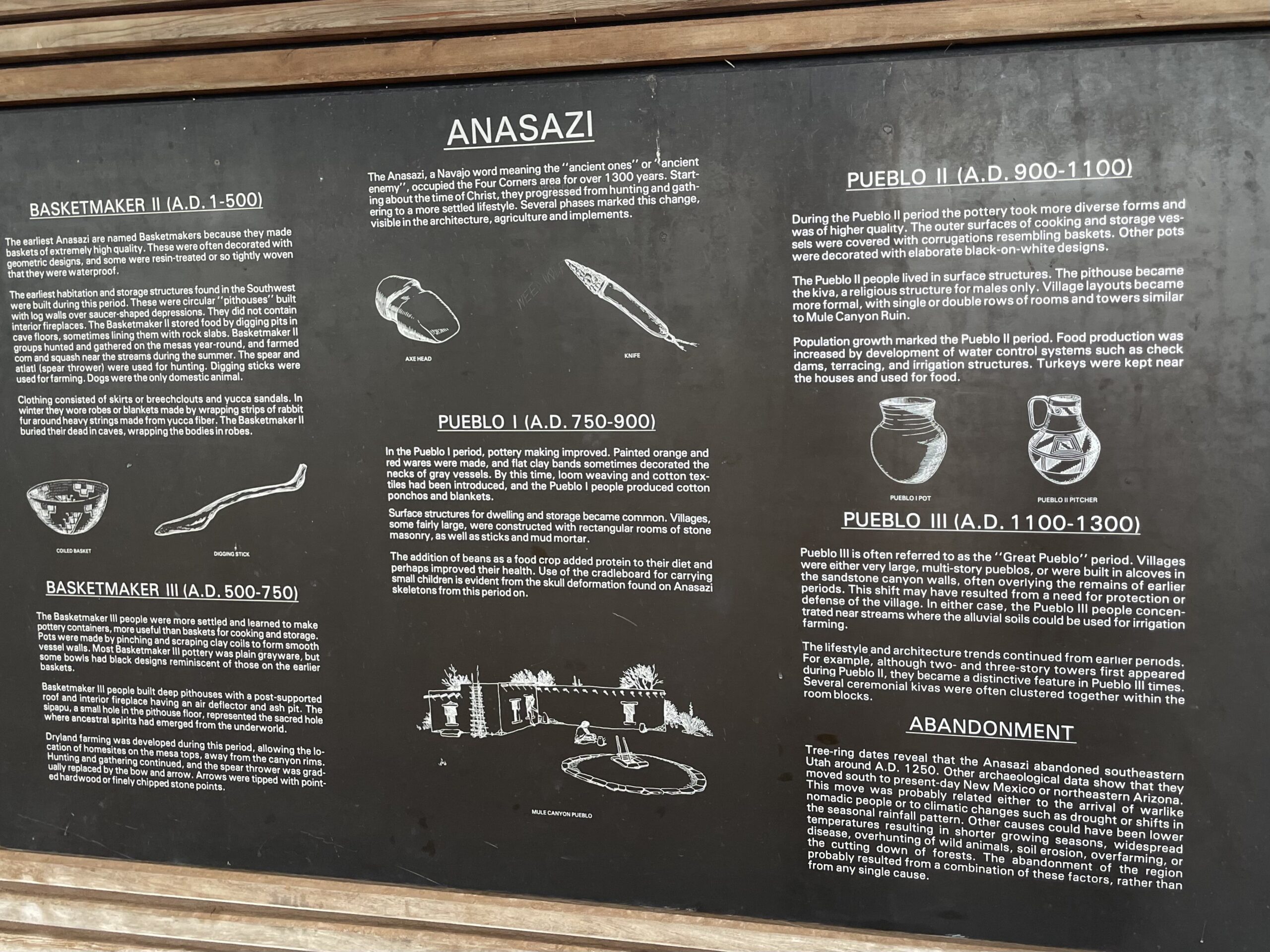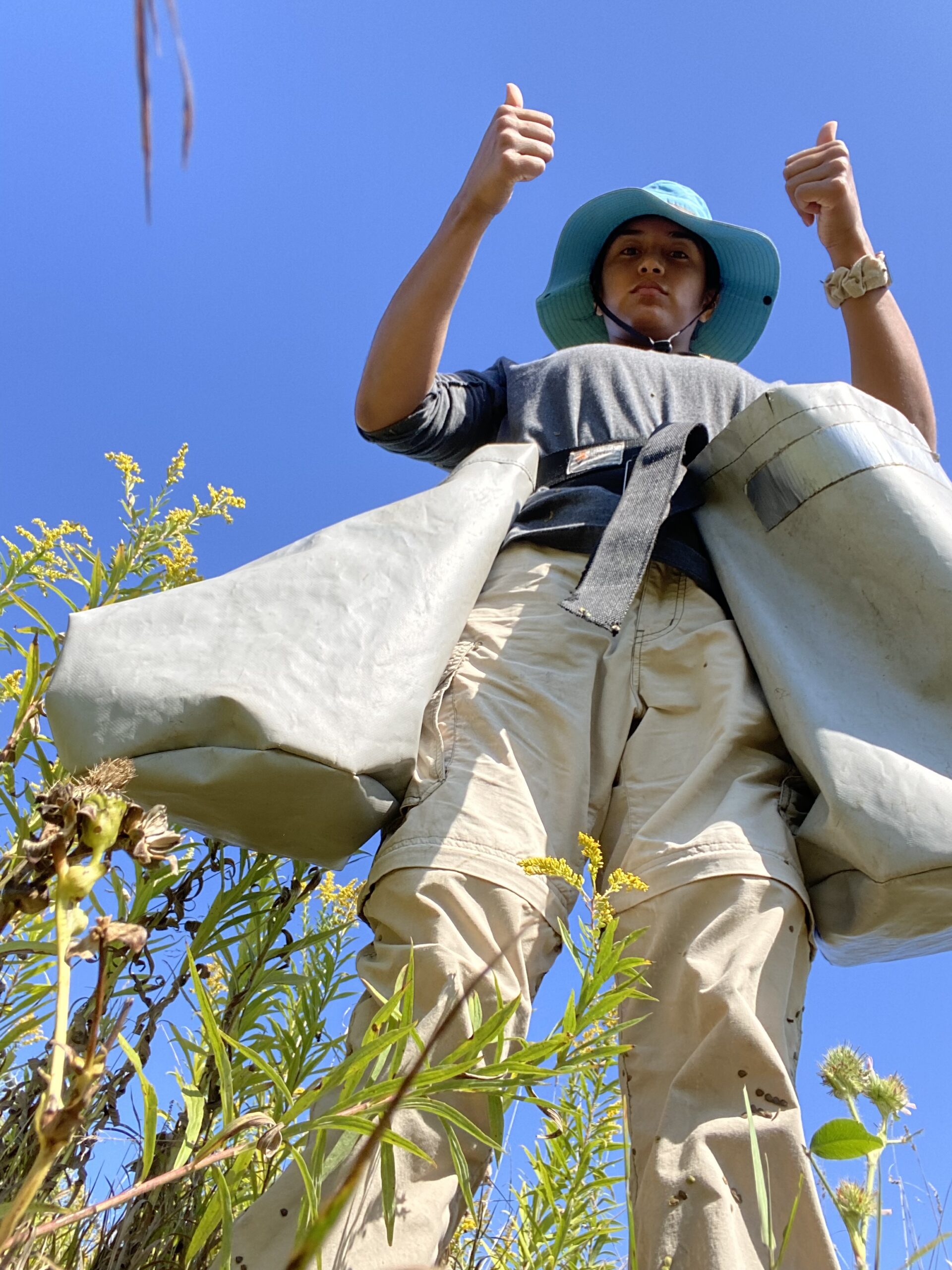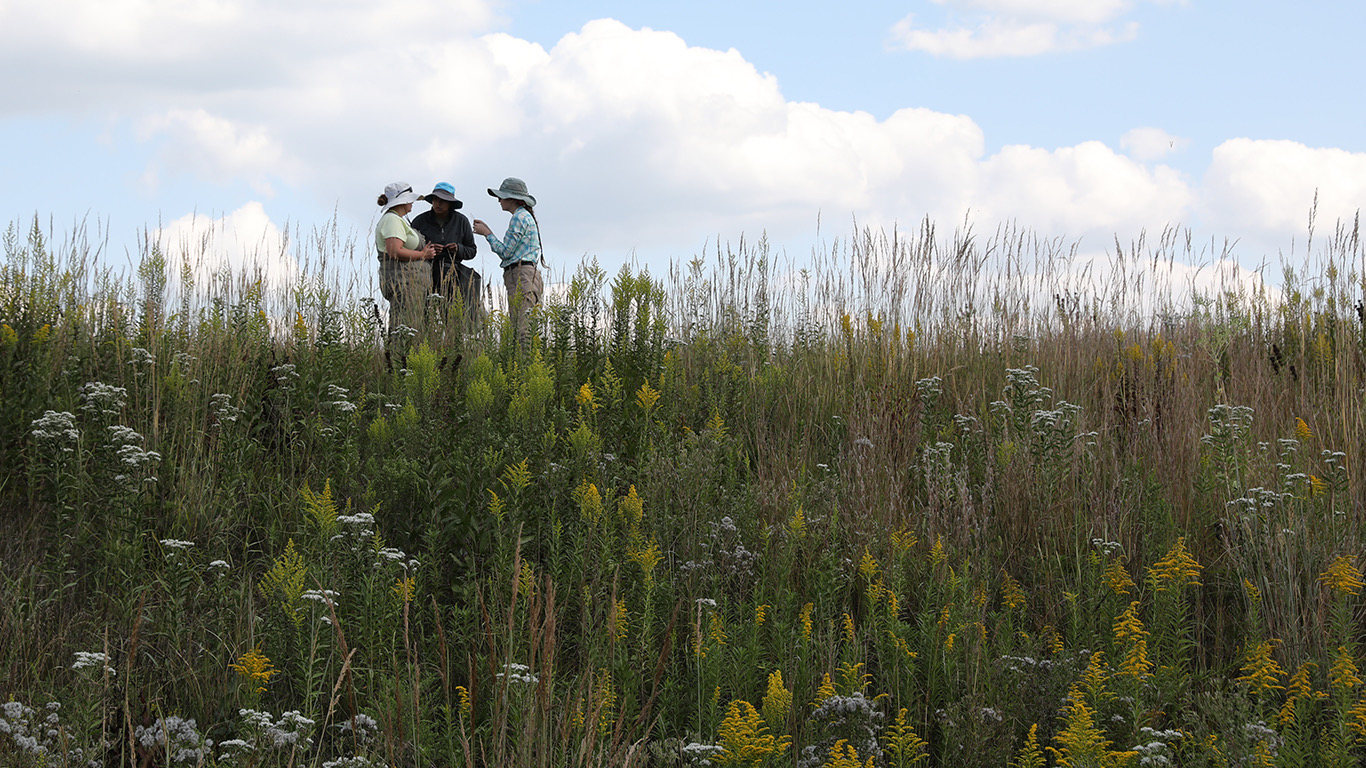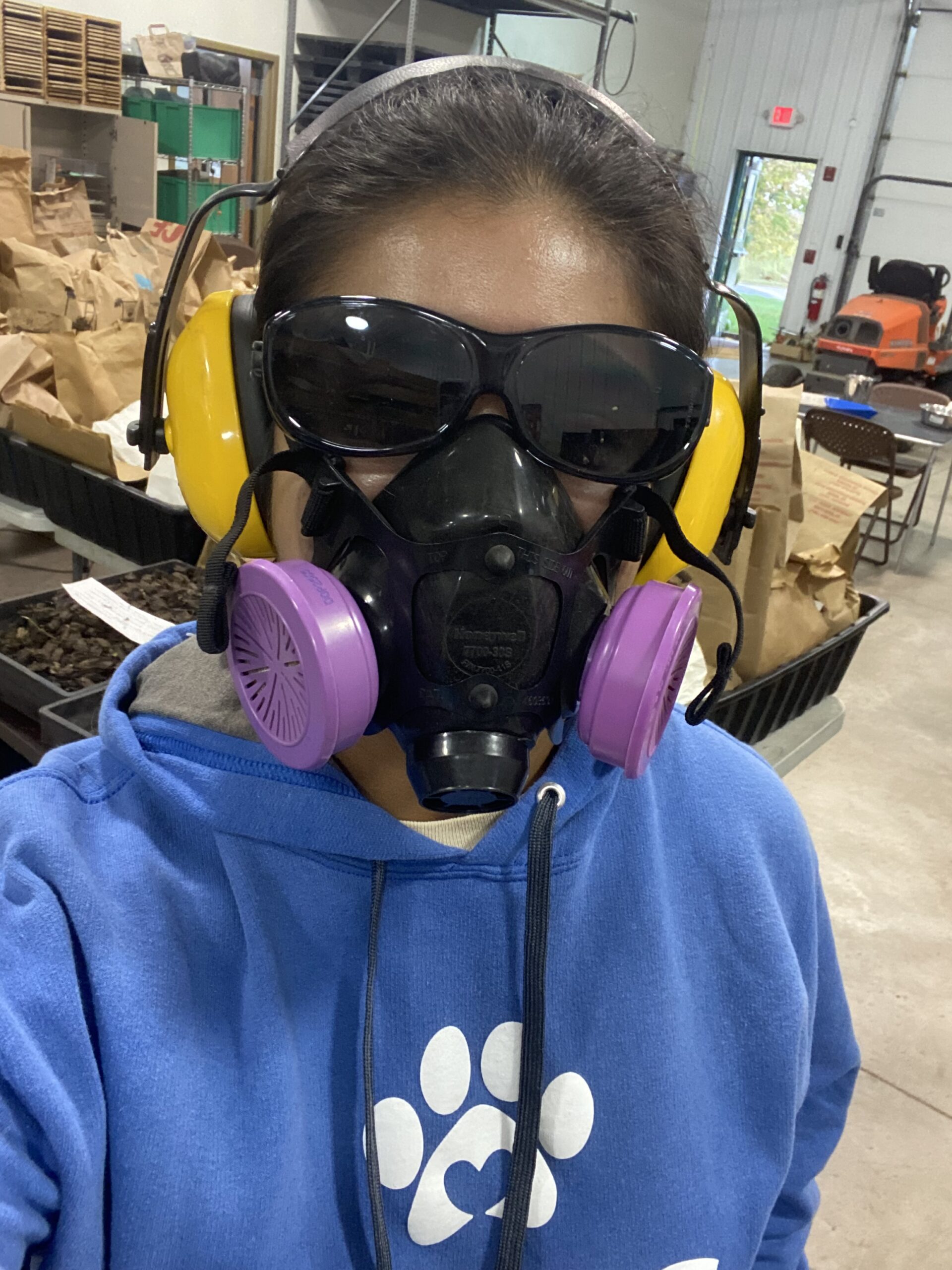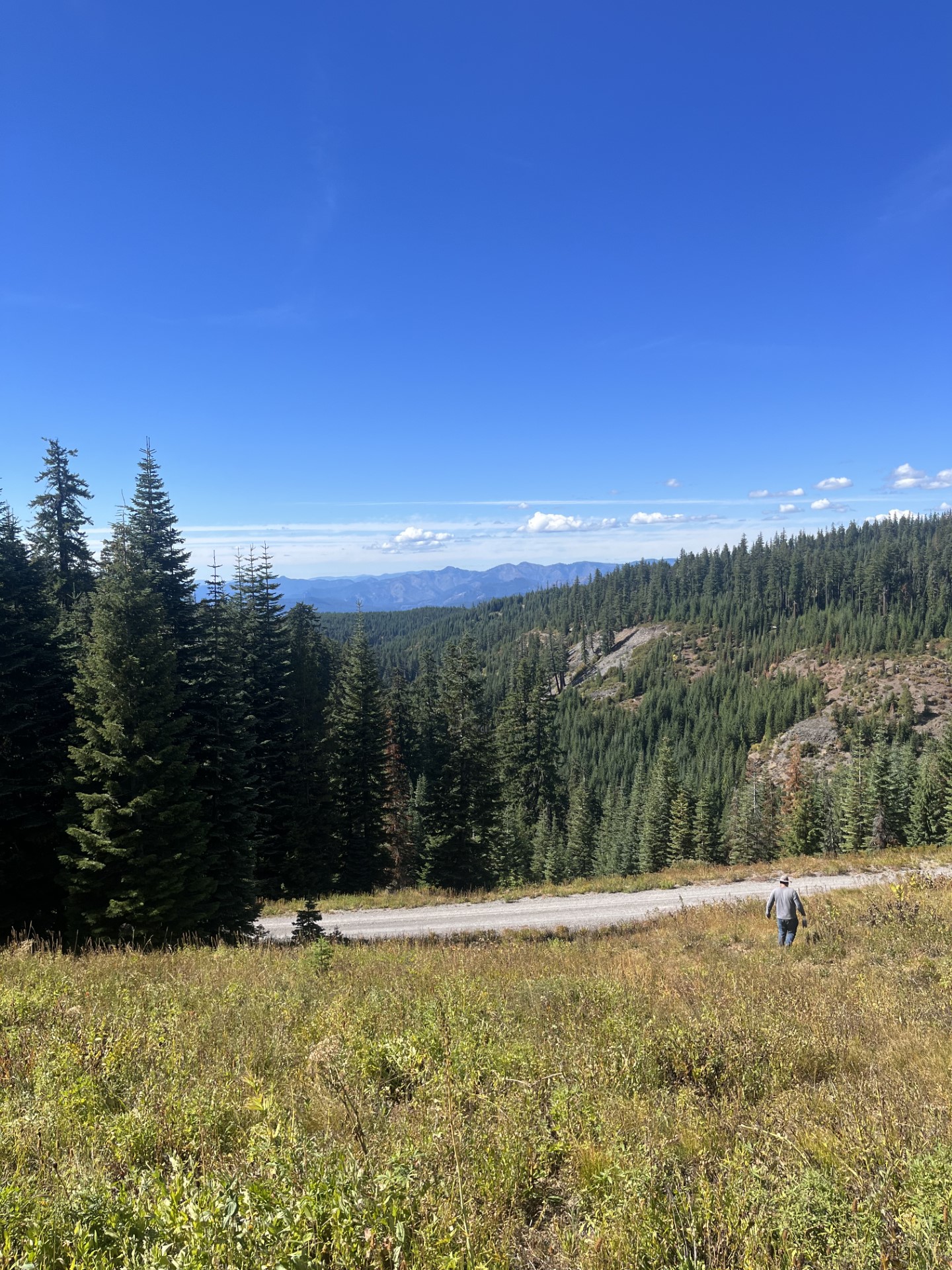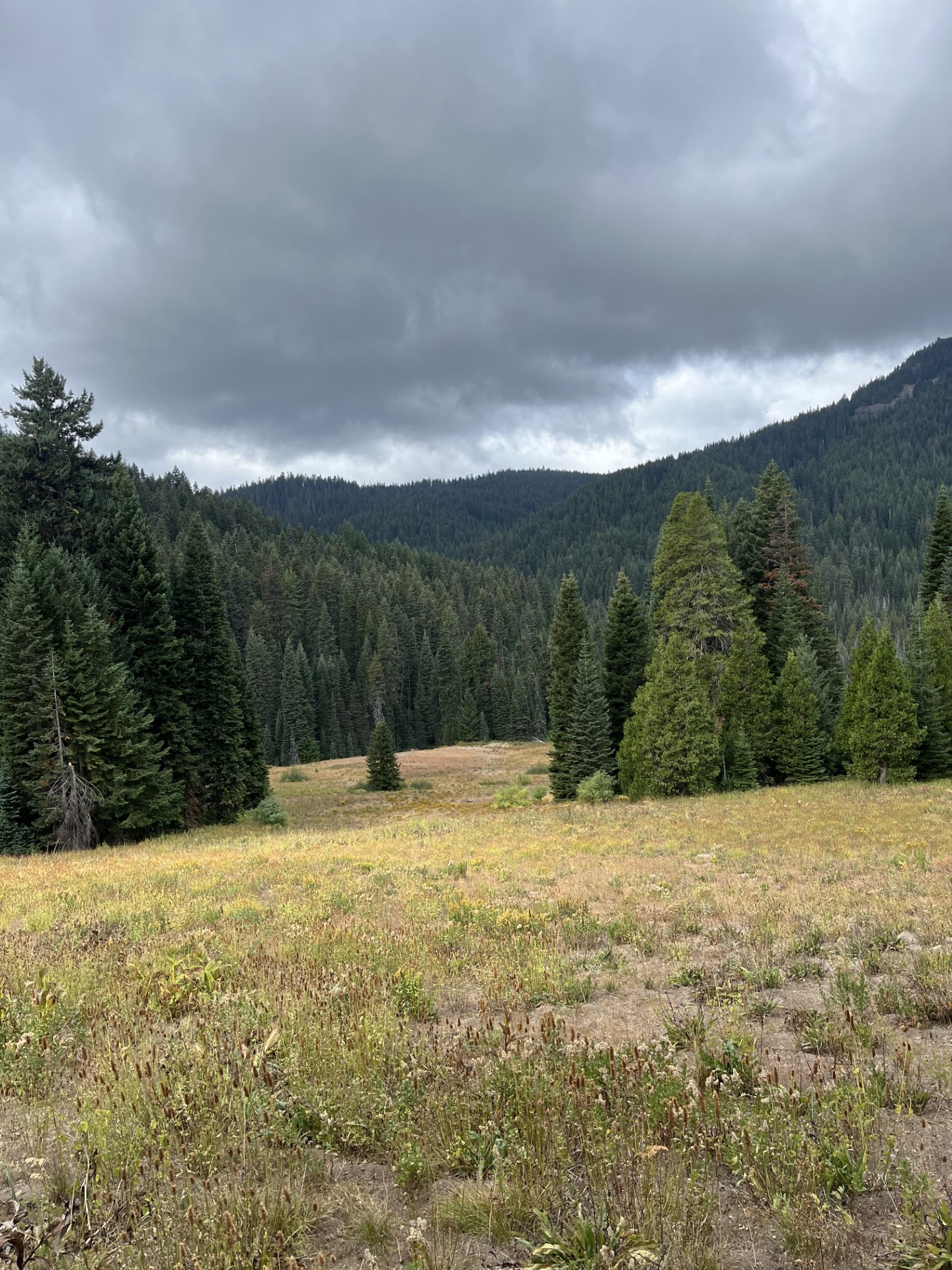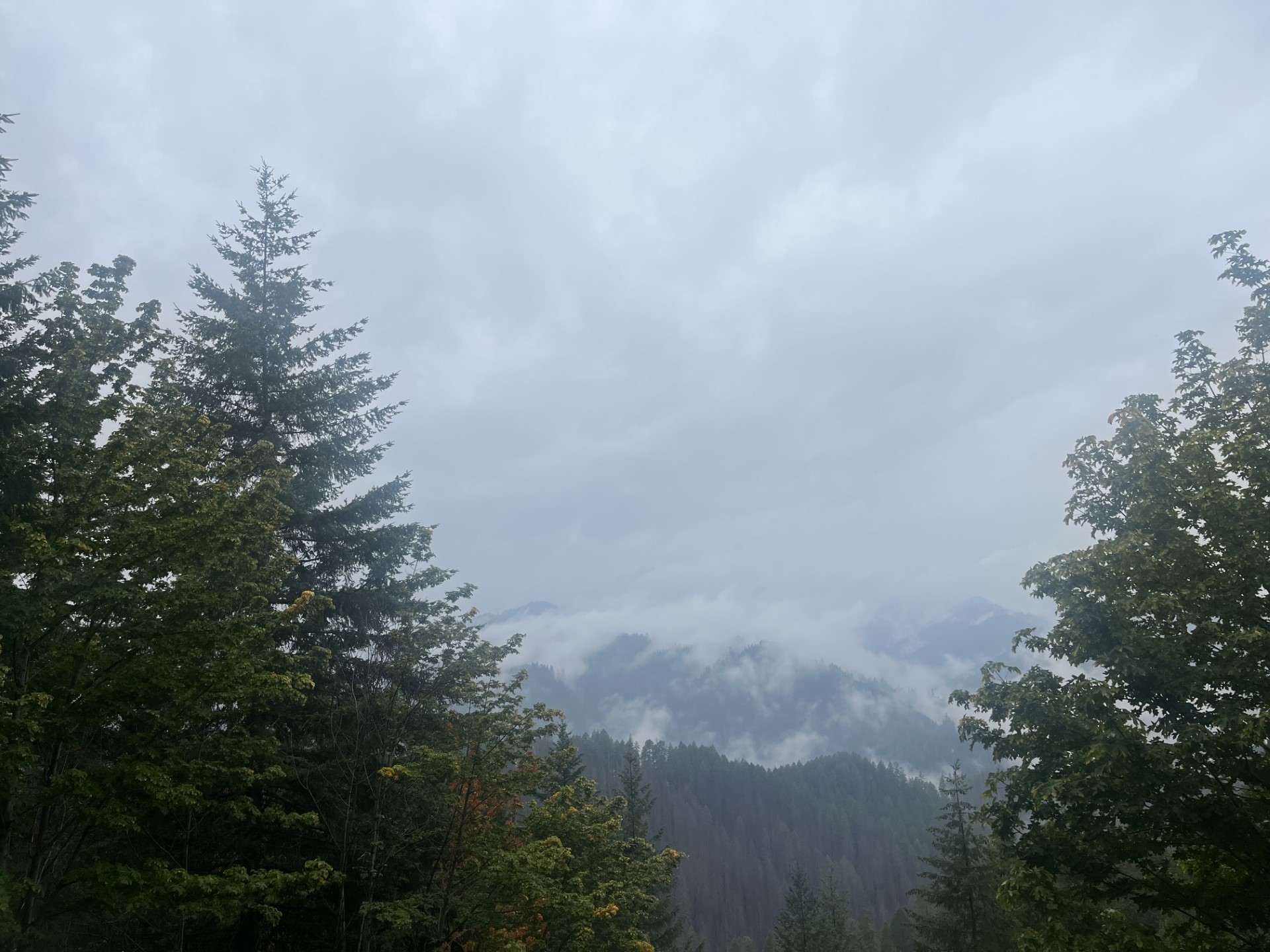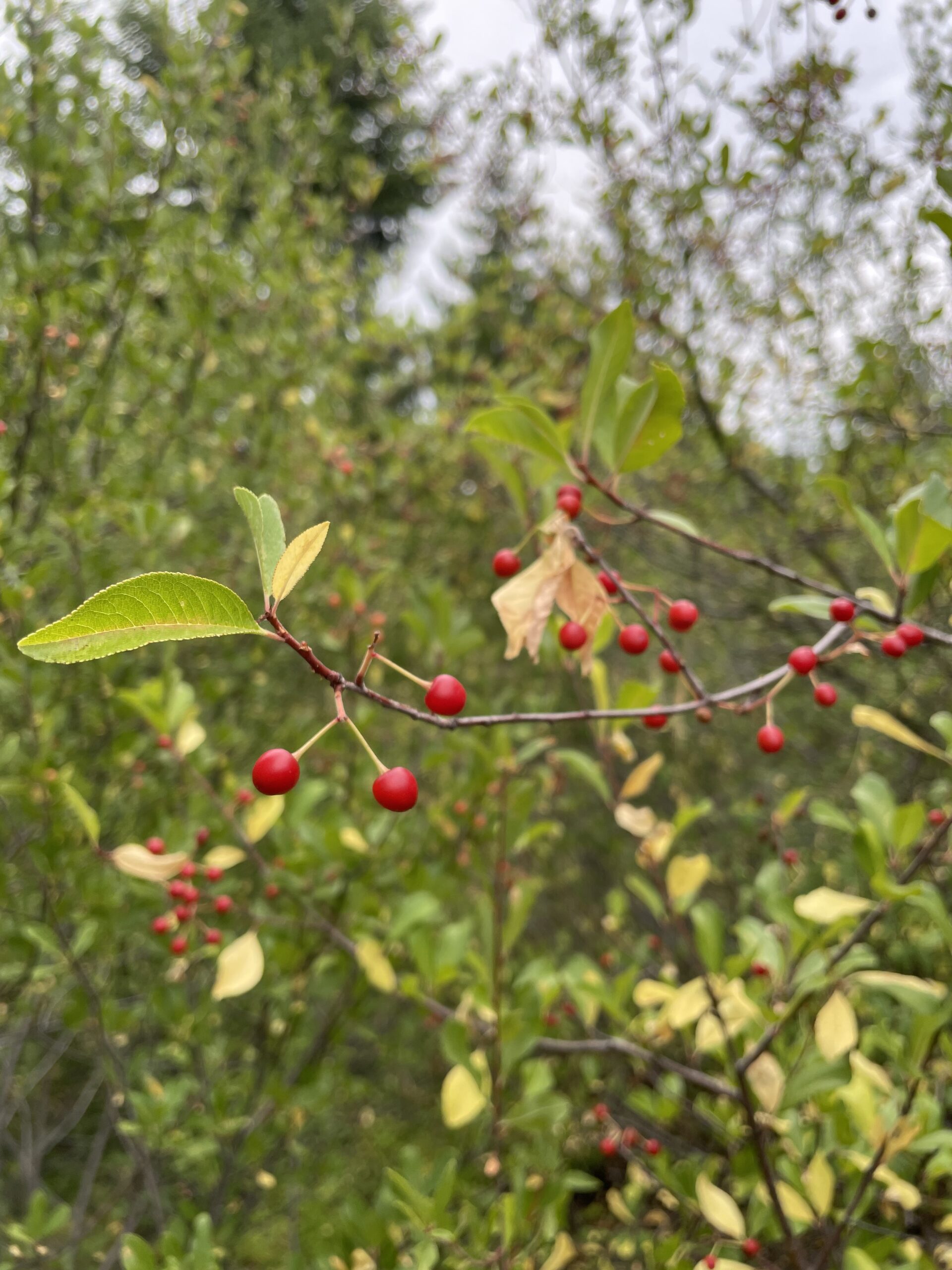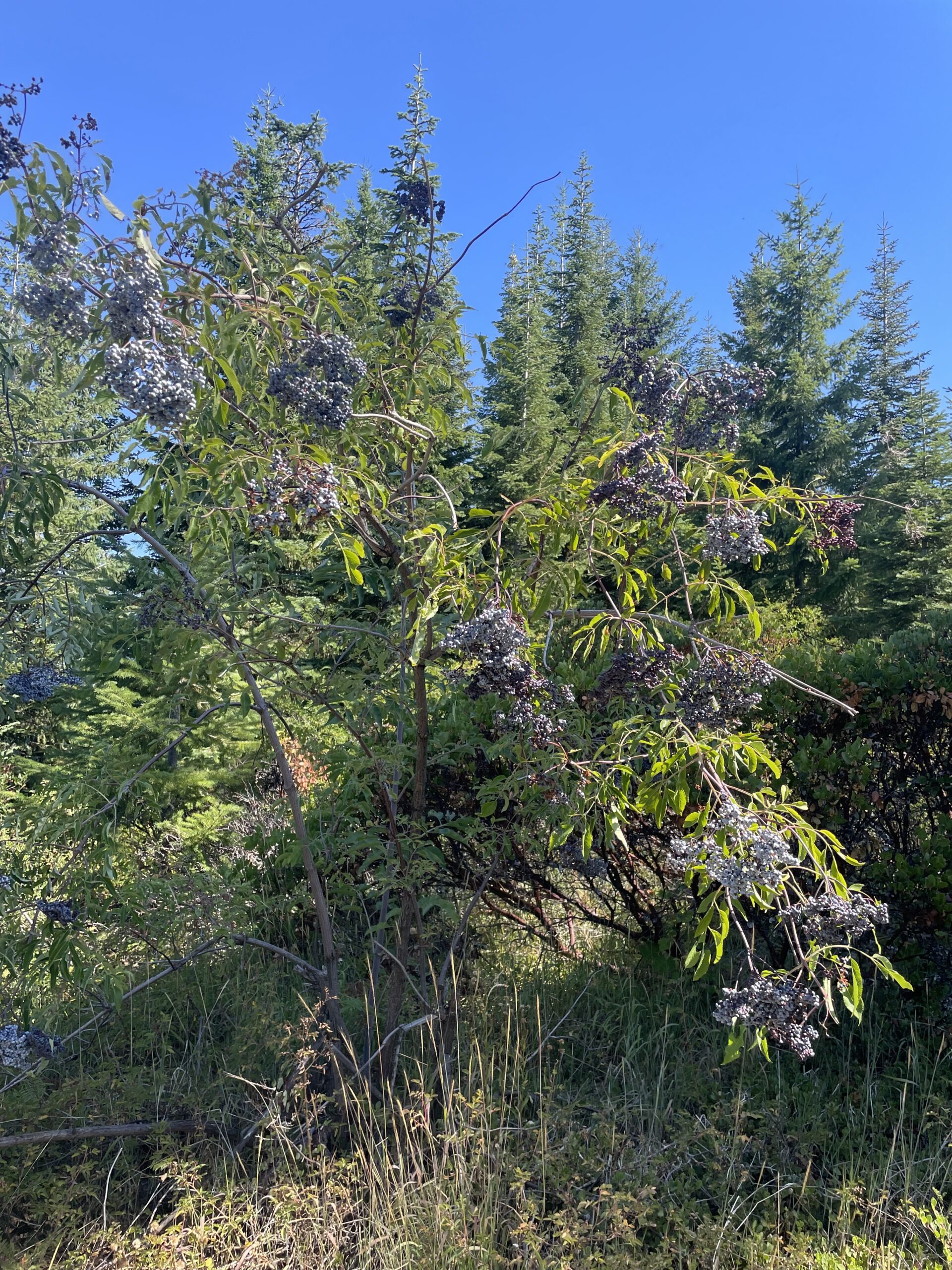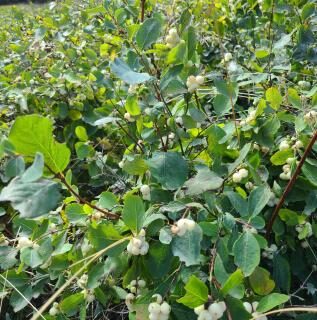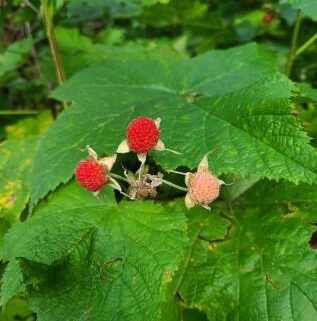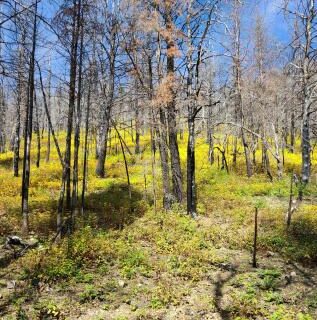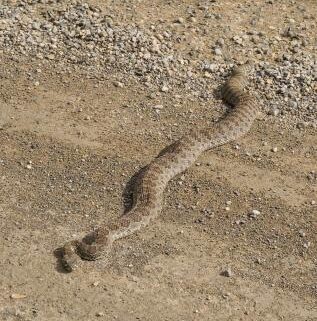This month, I wanted to make a quick post to honor monarch butterflies! While conversations about monarch butterflies have been relevant for years now and I’ve always admired their beauty, it wasn’t until working more closely with them that I started noticing them all around me. At the San Bernardino National forest, we work on several projects to help conserve and preserve the monarchs. We’ve participated in monarch surveys, milkweed mapping, milkweed seed collection, and cultivating and outplanting our various native milkweeds to restoration sites.
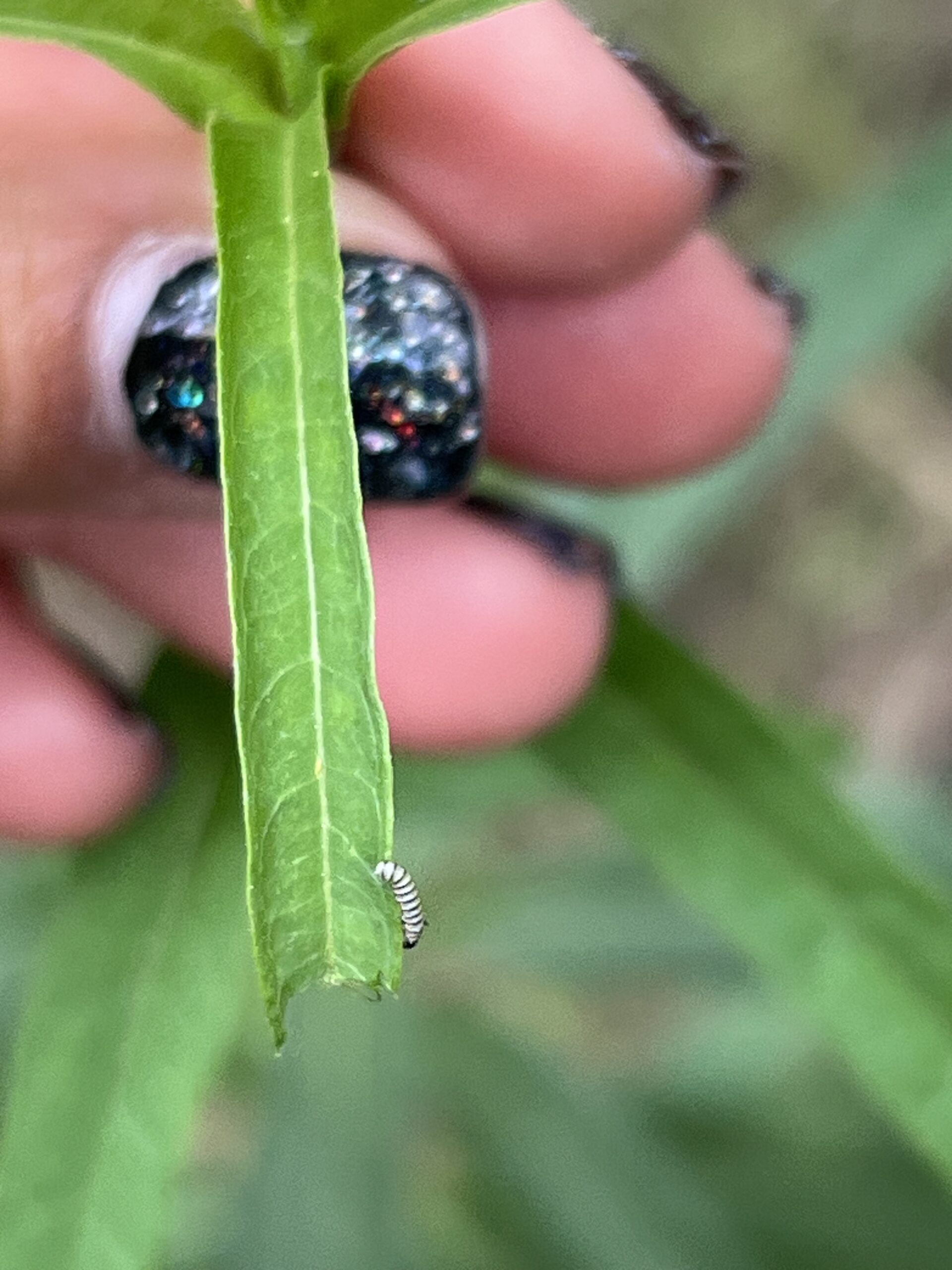
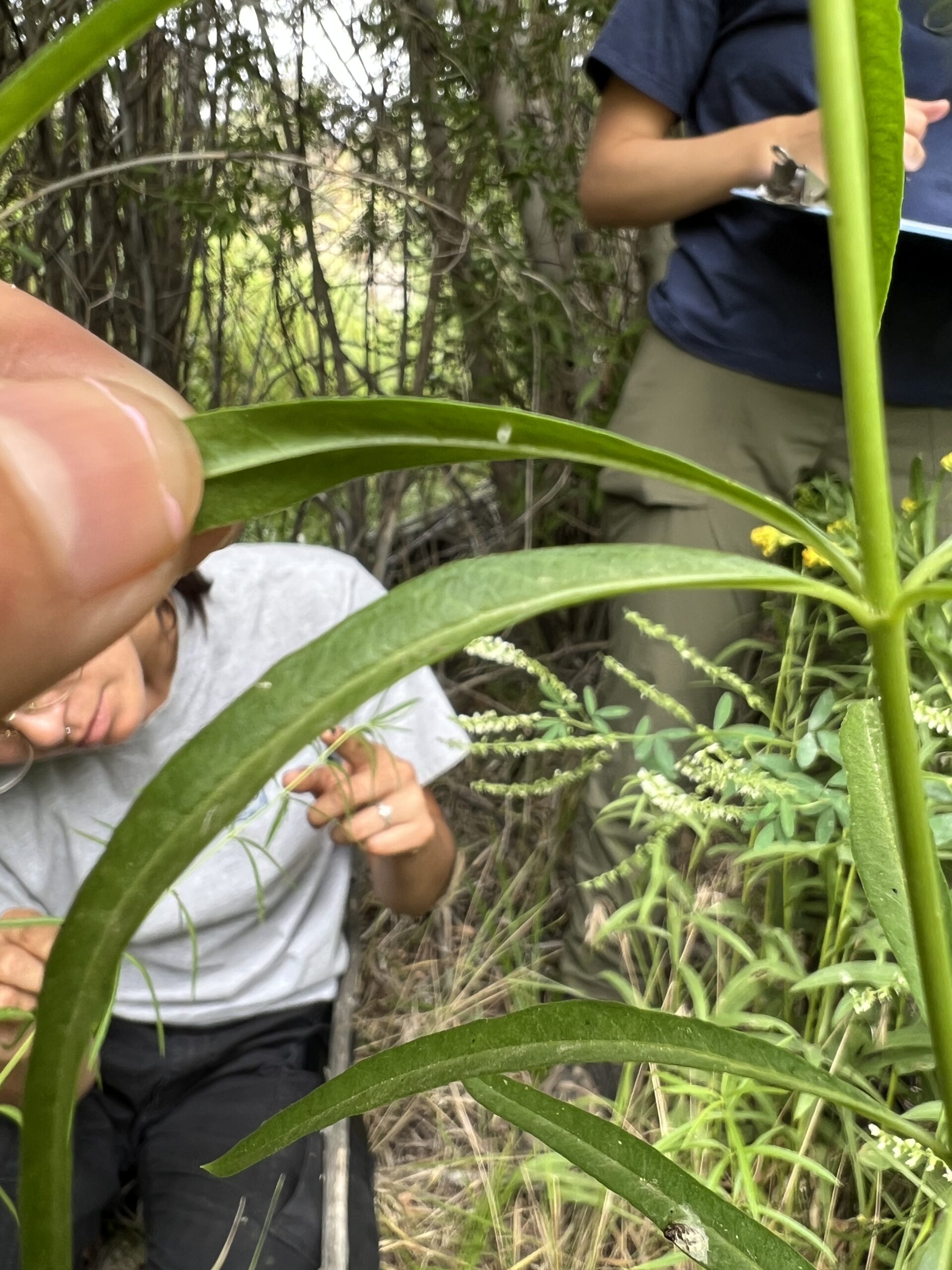
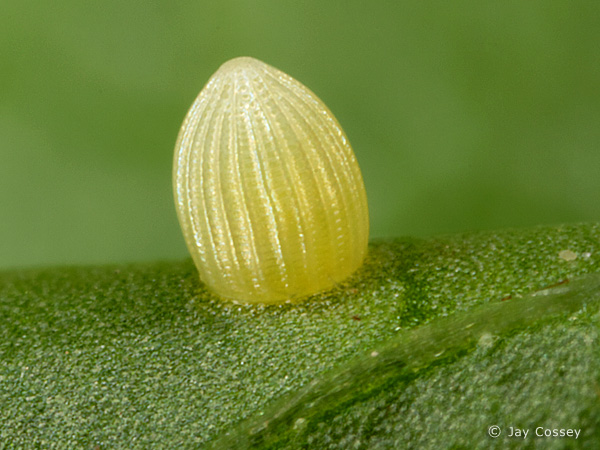
These are projects we’ve worked on sporadically throughout the last few months, but this month all of these projects have been much more closely intertwined! That’s because recently, many of our milkweed plants (a monarch caterpillar’s only food source) have set seed. This has led us to spend several days in the field, immersed in prime monarch habitat, to fill bags of milkweed seeds.
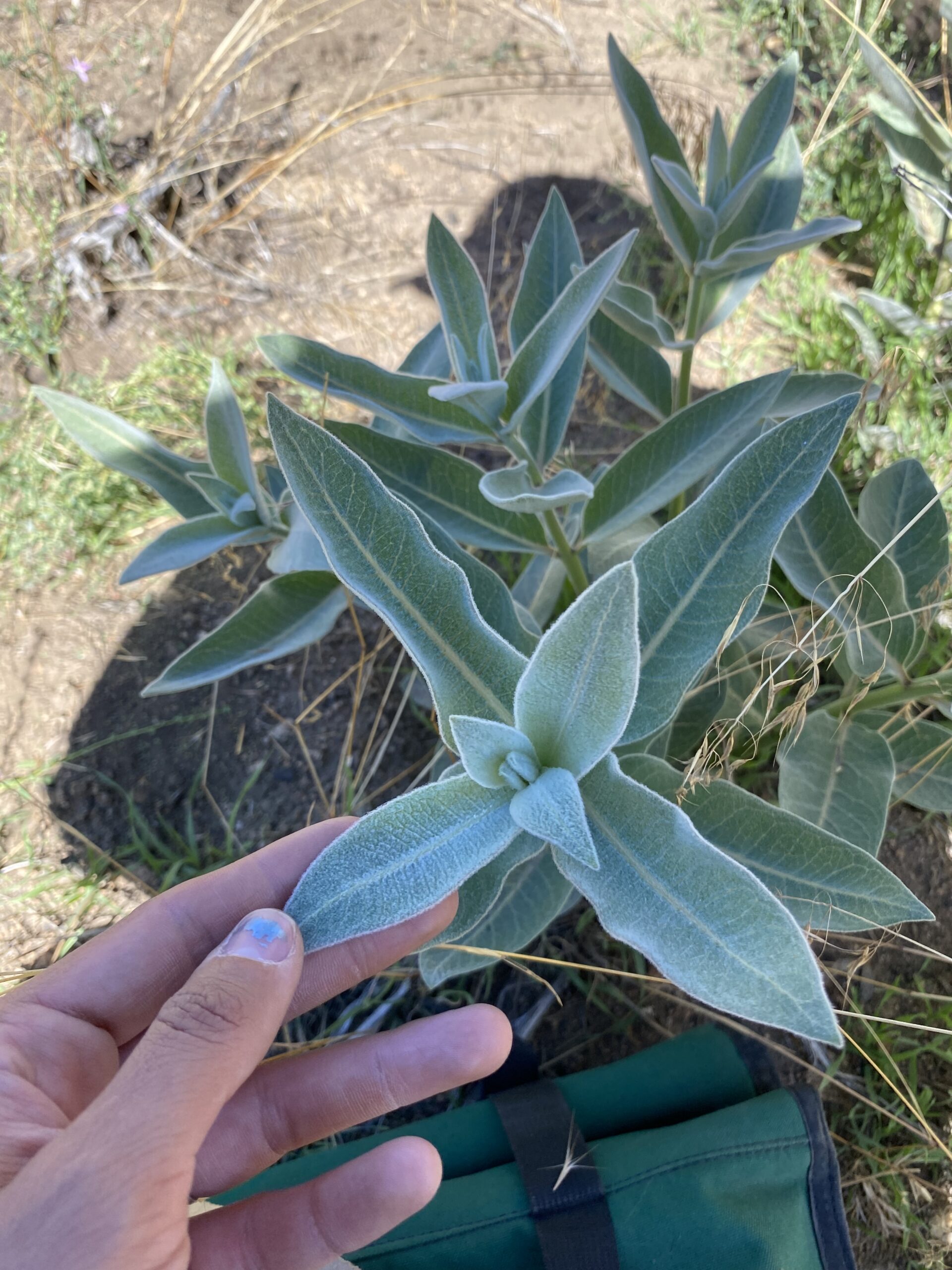
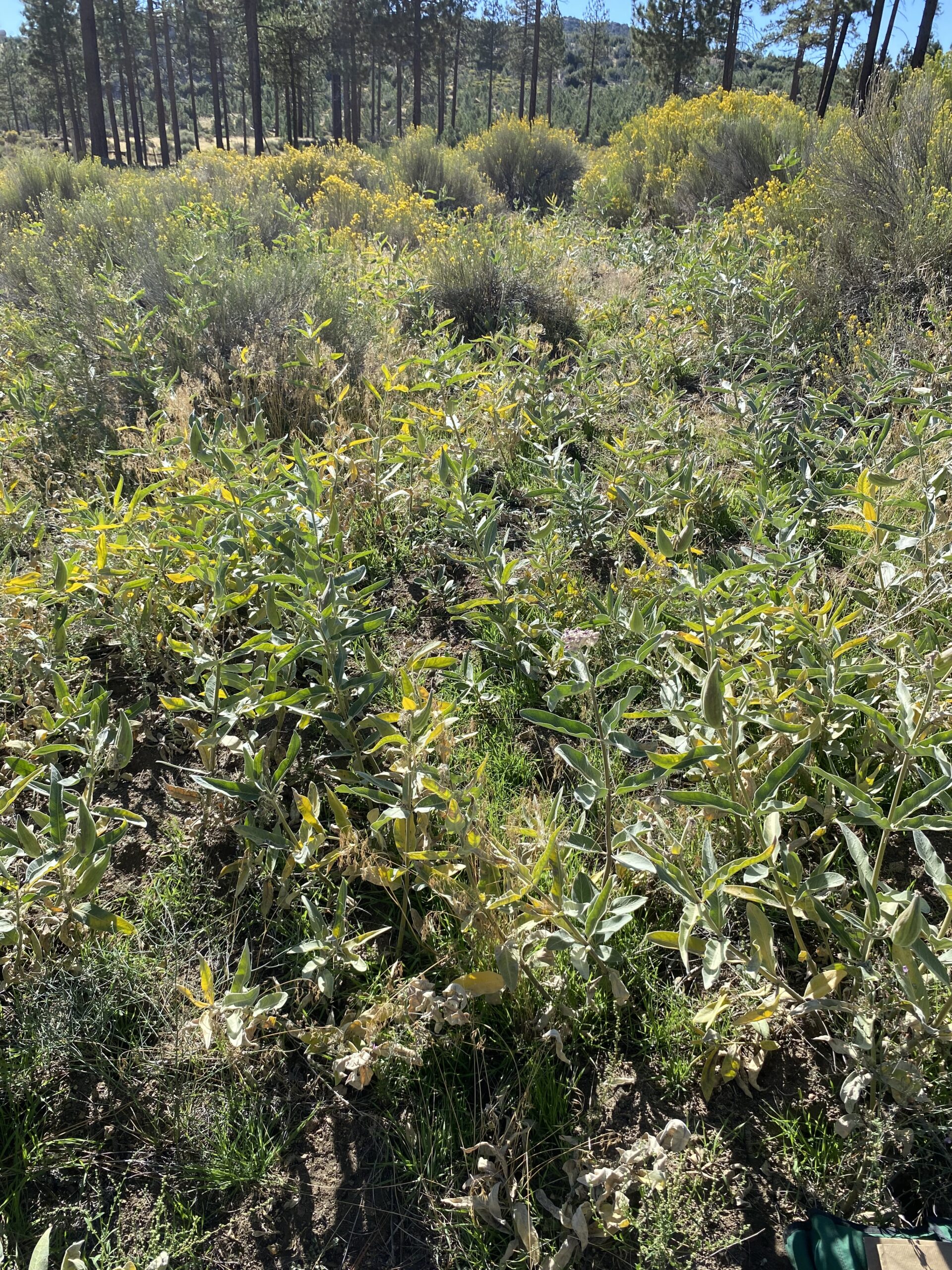
On our forest, we work with 3 species of milkweed. Like in the story of Goldilocks and the Three Bears, they’re each particular about the conditions they like. One species is adapted to a climate that is moist and shady, Asclepias fascicularis, one is adapted to dry soils and full sun, Asclepias californica, and the one pictured above, Asclepias eriocarpa, is adapted to a habitat closer to the middle. While many of our milkweed populations are easily accessible and visible from the road, others require a bit more of a trek to find. We’ve been lucky to have access to a milkweed map on our forest that displays all of the milkweed populations mapped by the botanists that have come before us. This has made it easier for us to route to various populations ripe for collection.
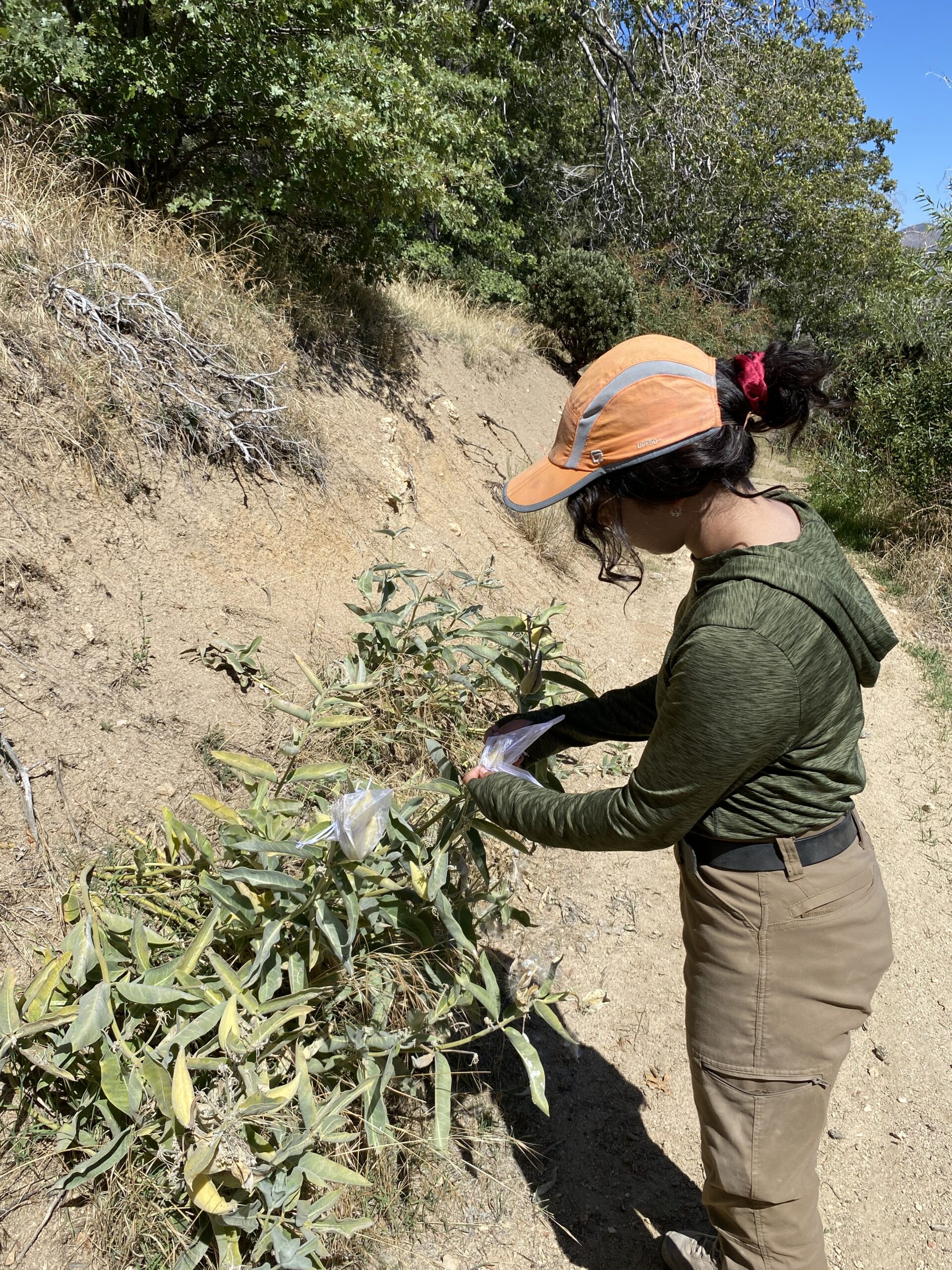
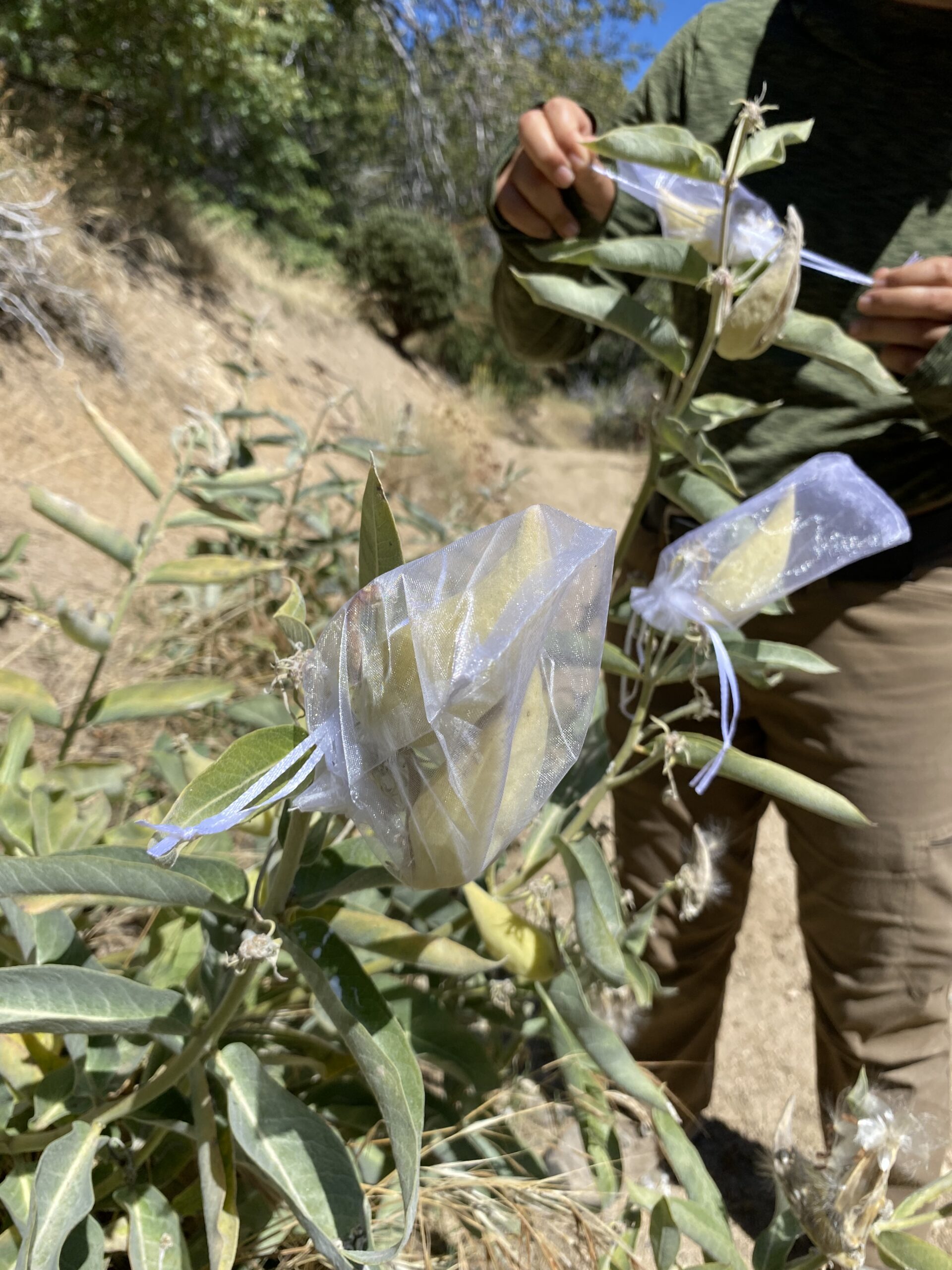
All of this to say that these hours spent around monarch caterpillar food have blessed us with many surprise monarch caterpillar encounters!
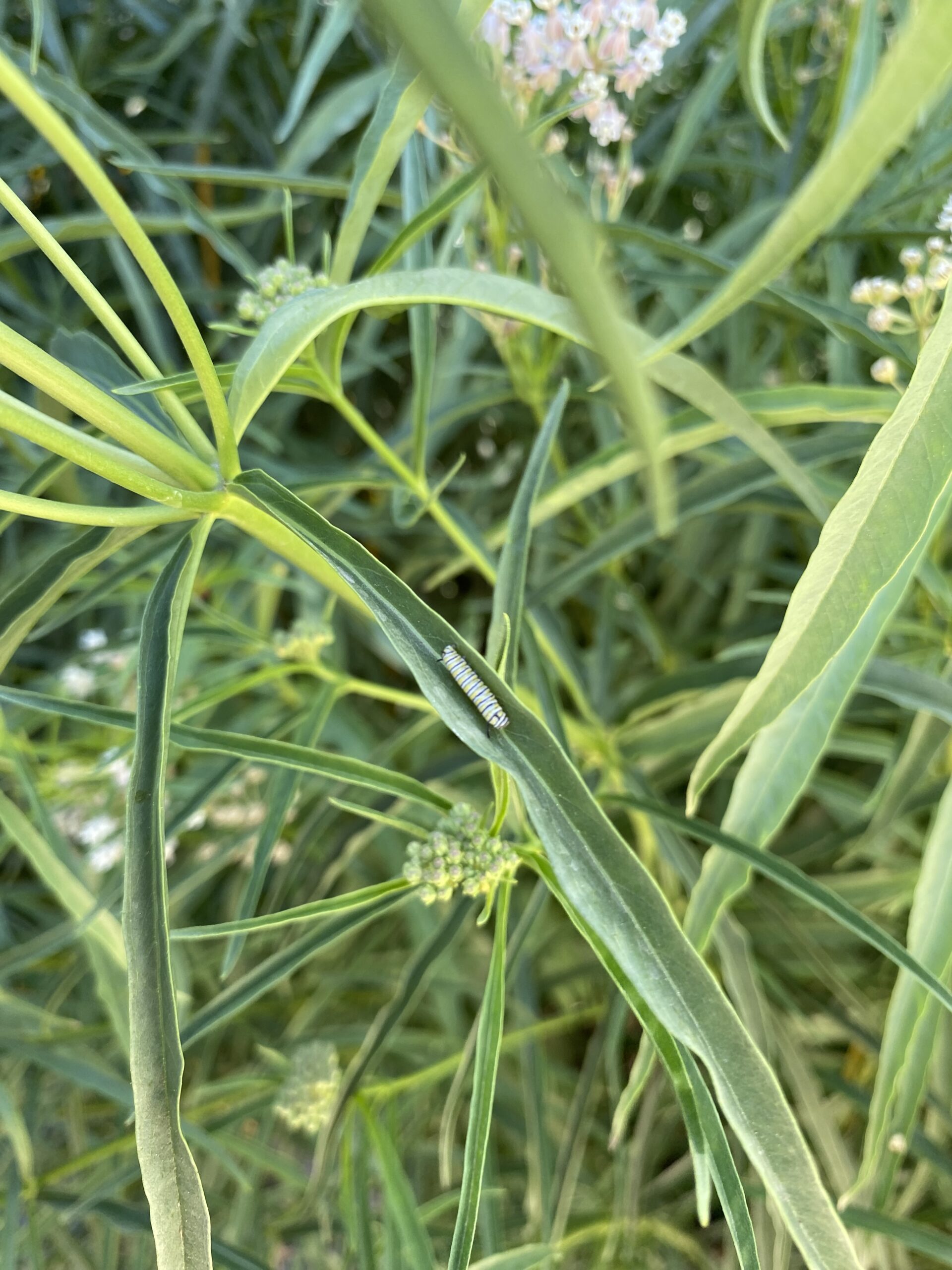
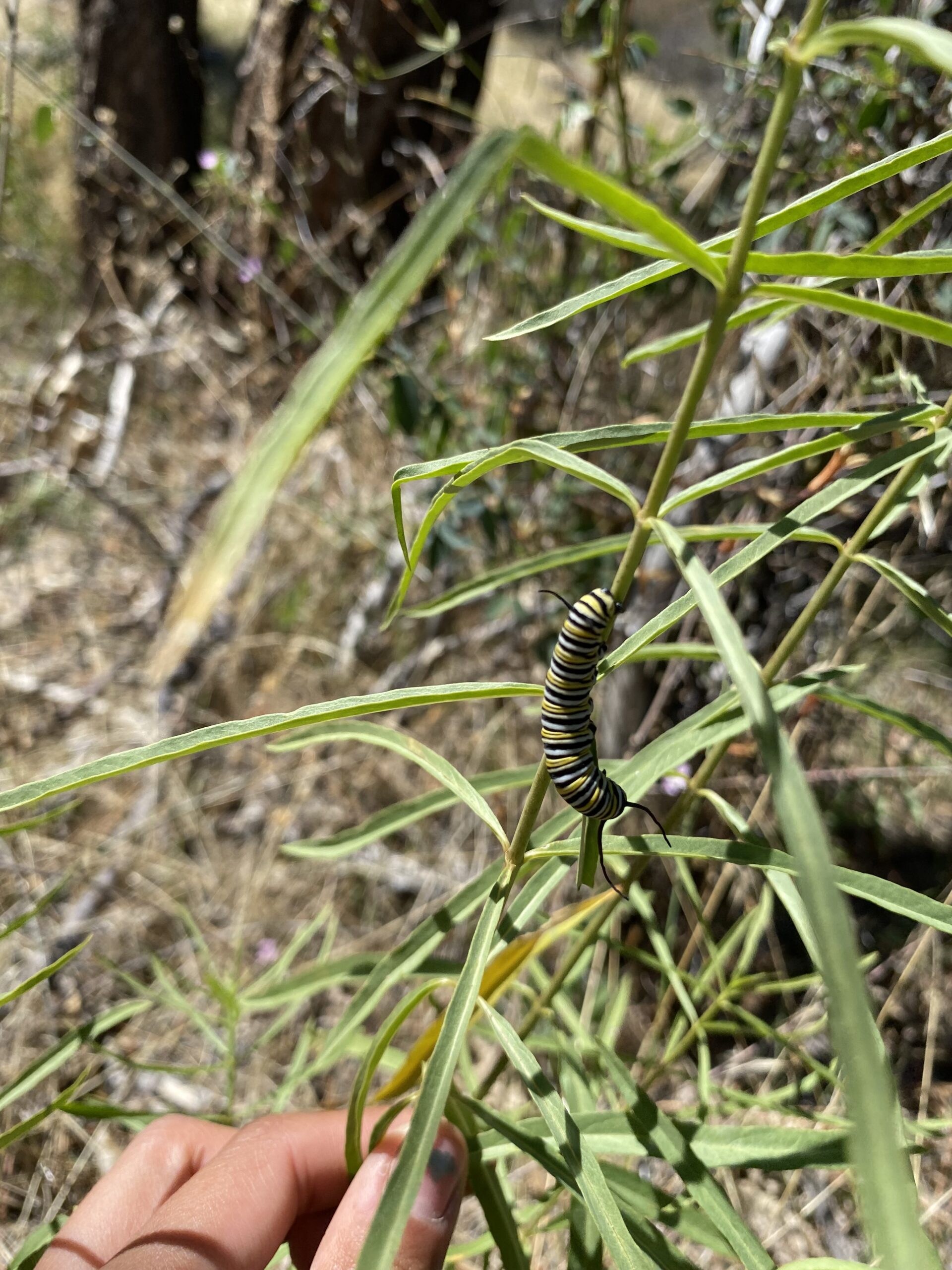
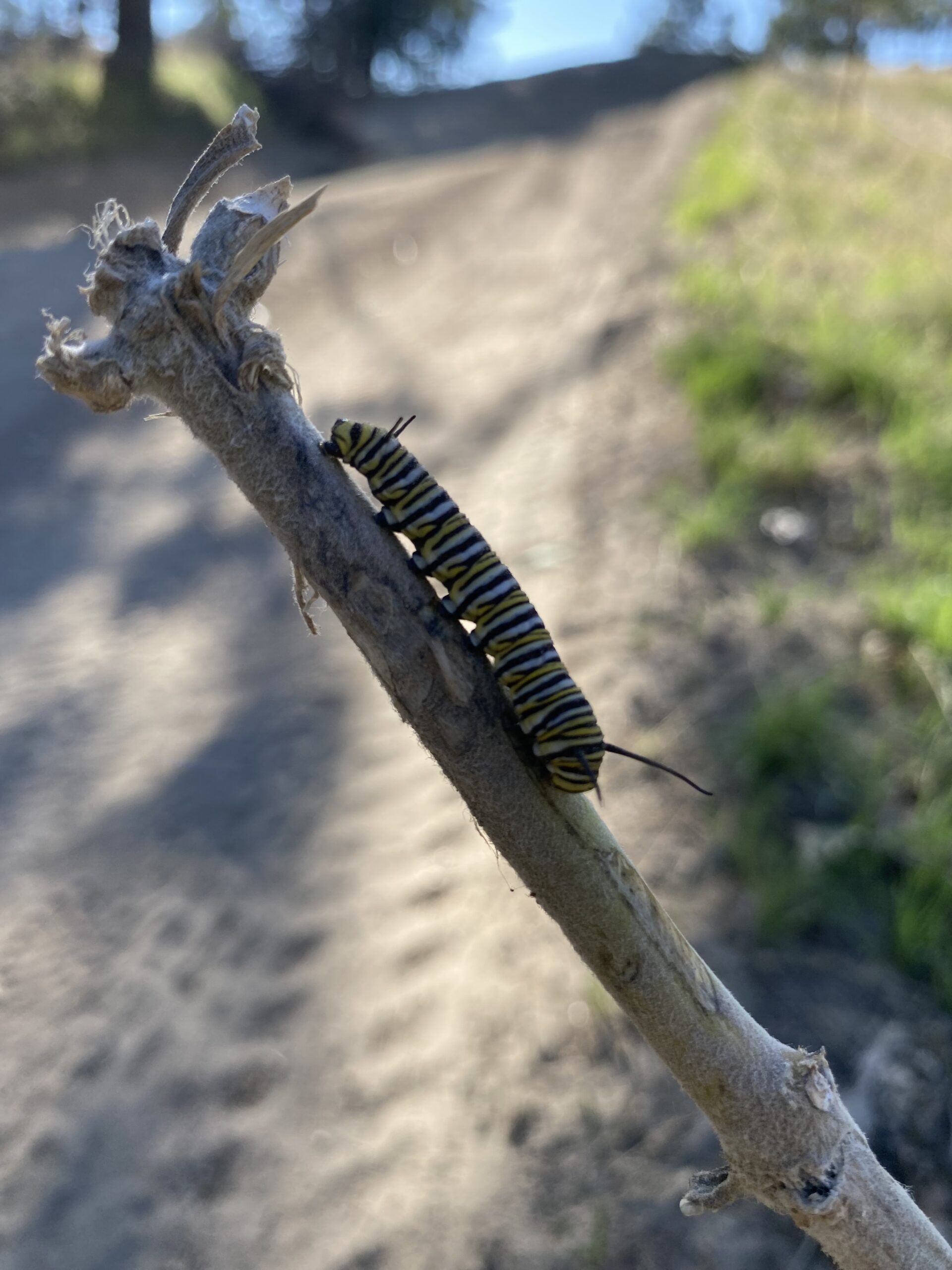
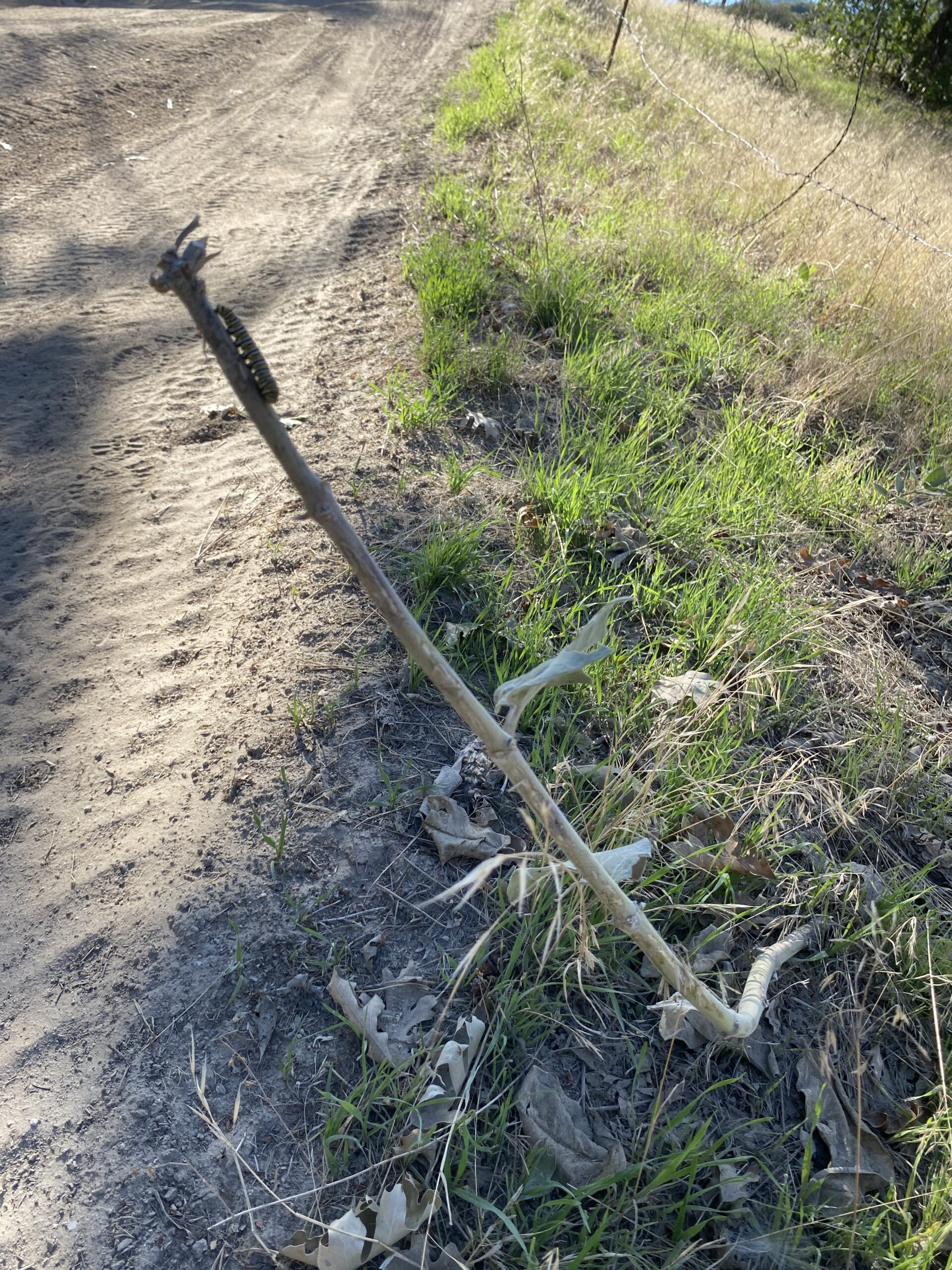
These sightings are then photographed and recorded on Survey123 to keep track of the monarch population making use of the milkweed plants in our forest. And the seeds we collect go on to be used to cultivate milkweed plants to outplant in our various restoration projects. That means more food for monarch caterpillars!
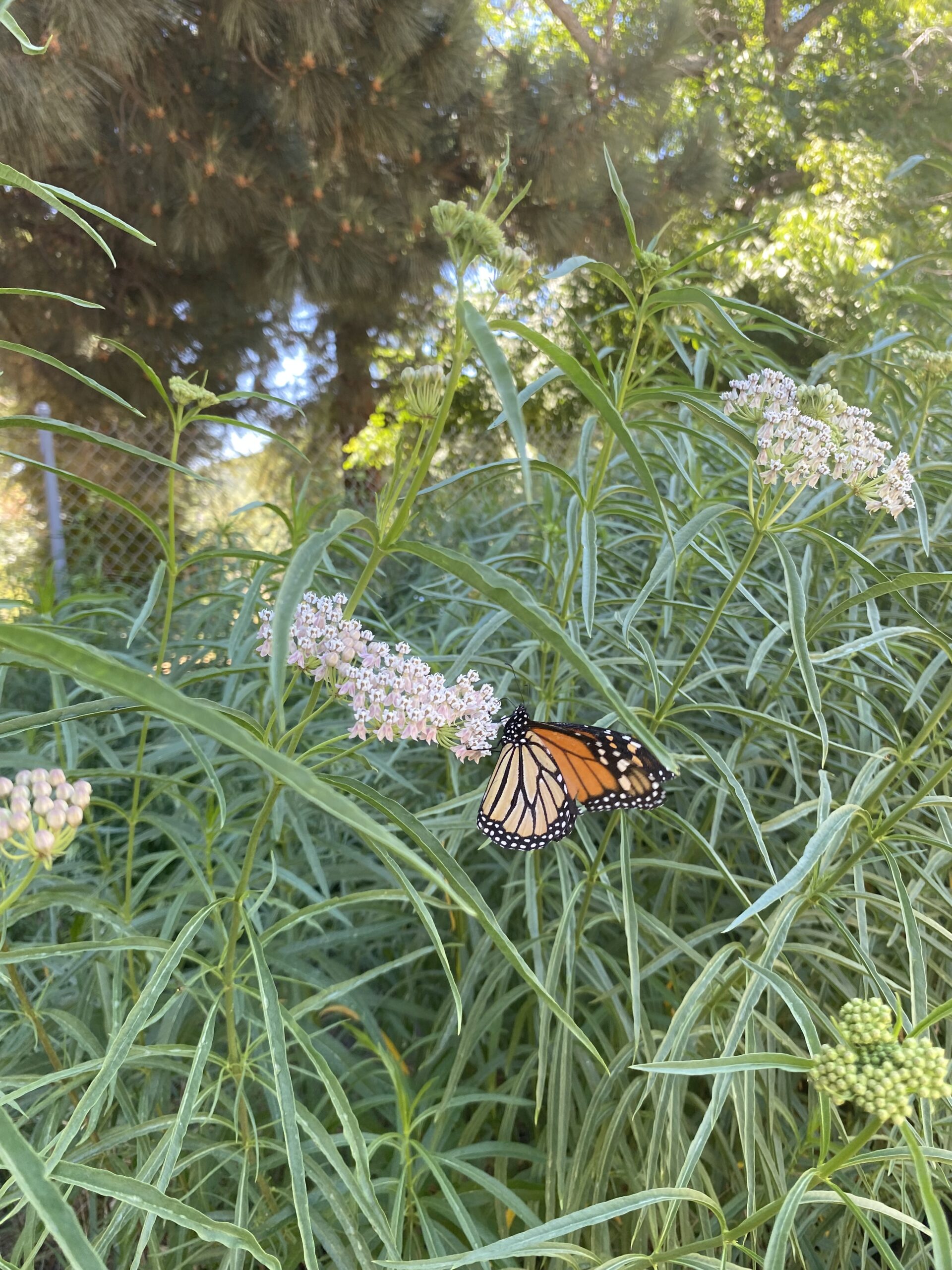
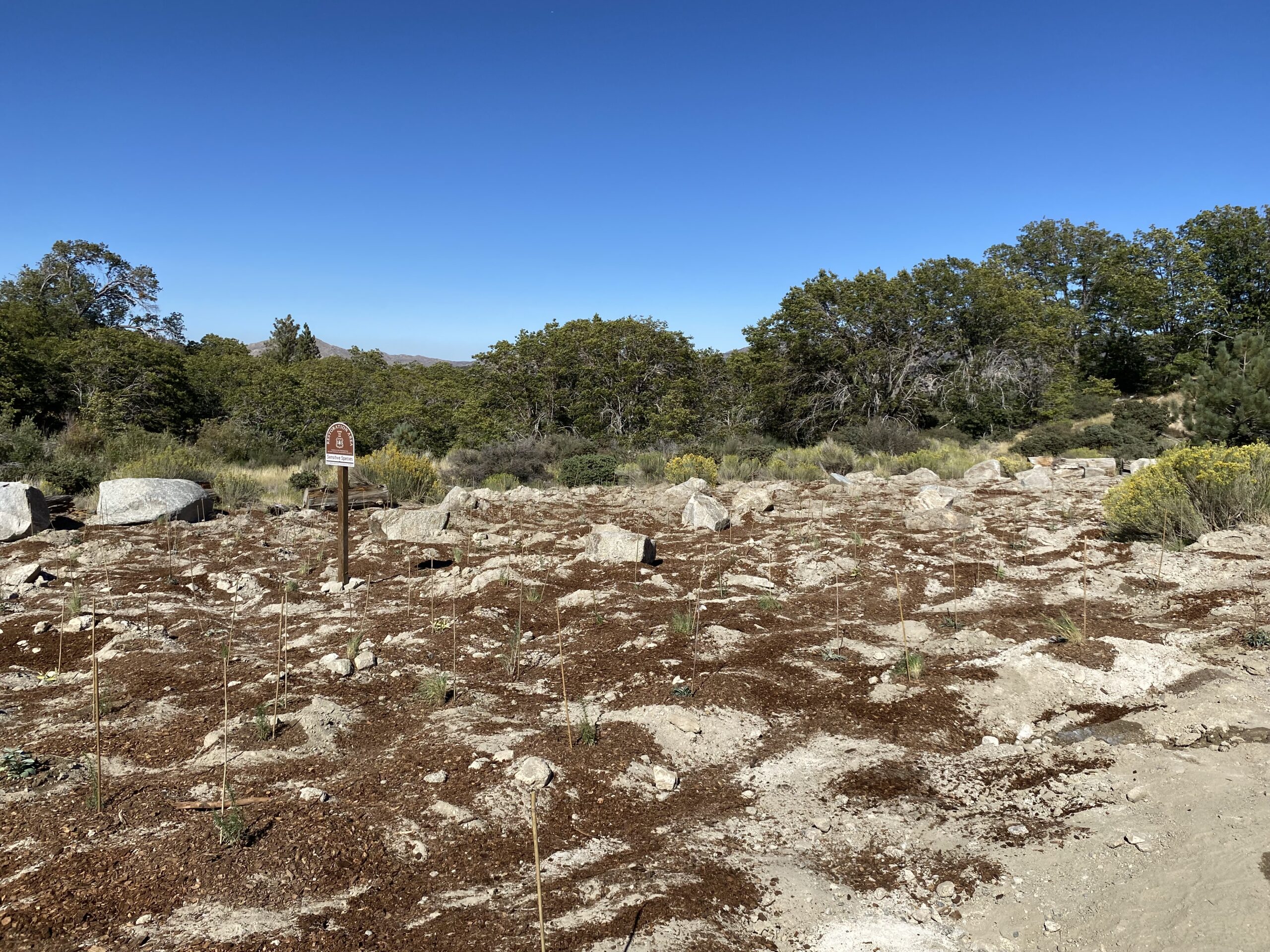
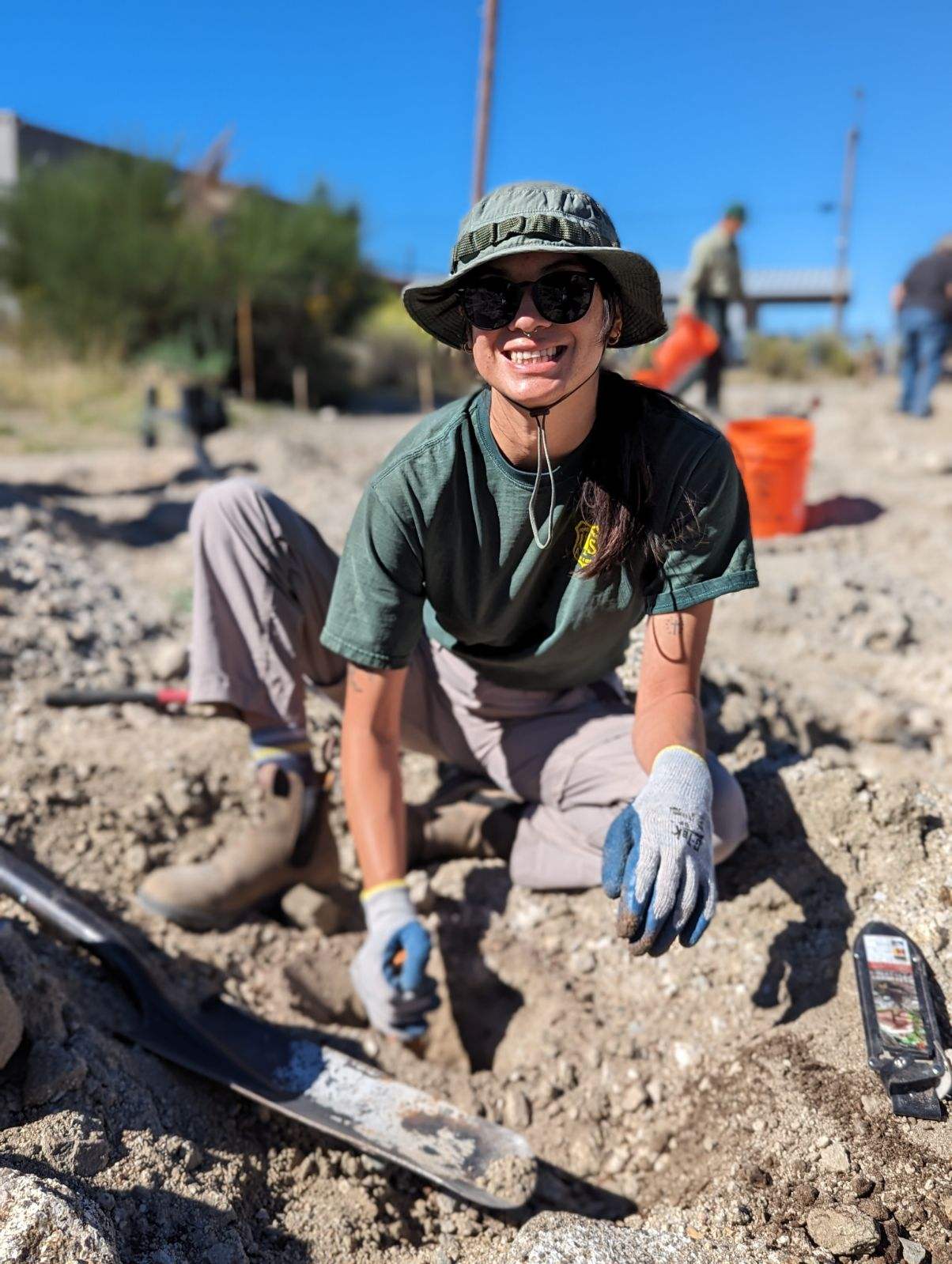
With our changing climate and recent decrease to milkweed plant populations (and hence a decreased monarch butterfly population), it’s great to be a part of conserving and restoring monarch butterfly habitat!
